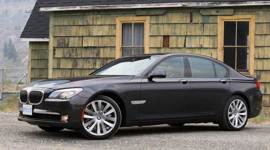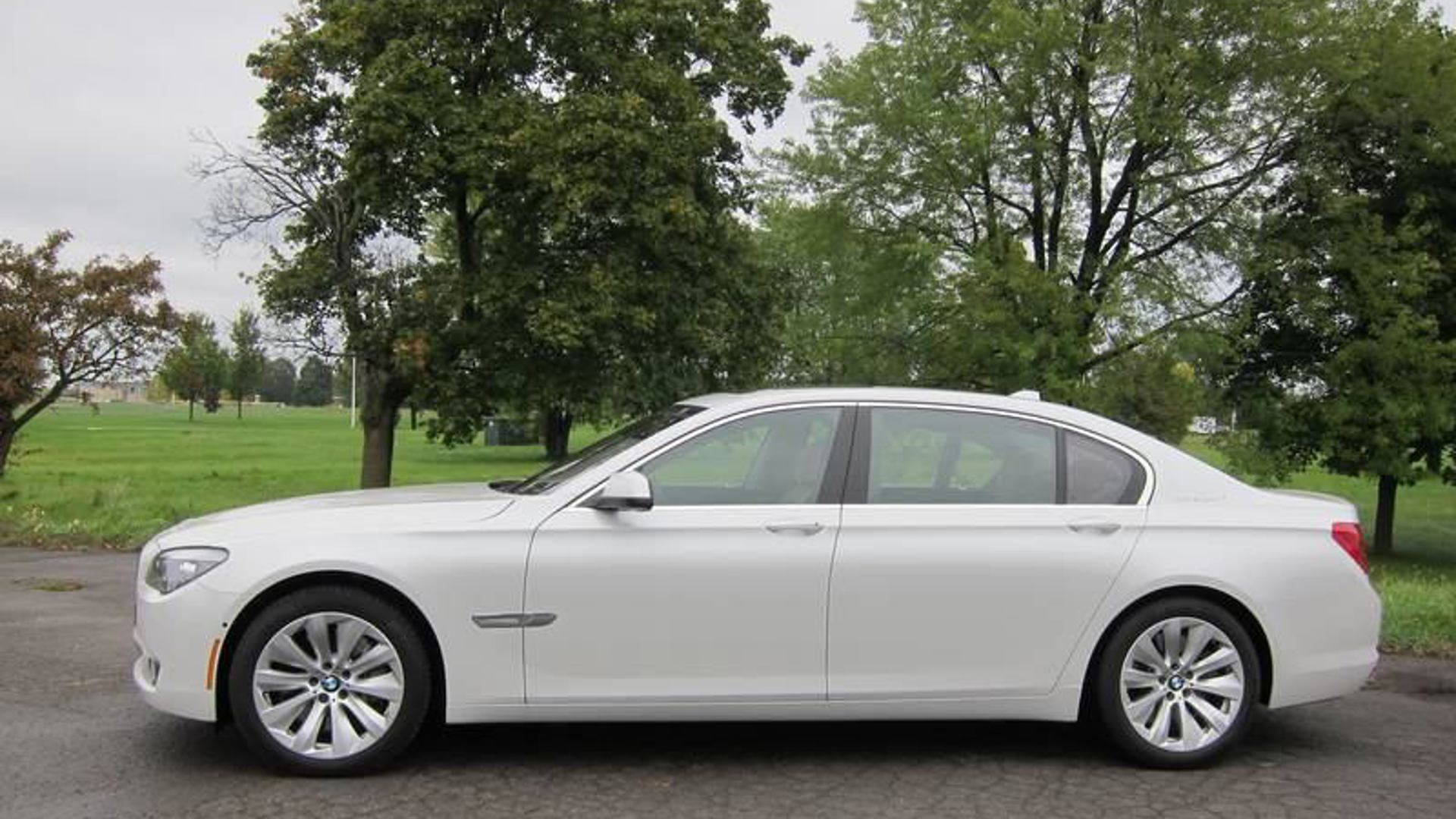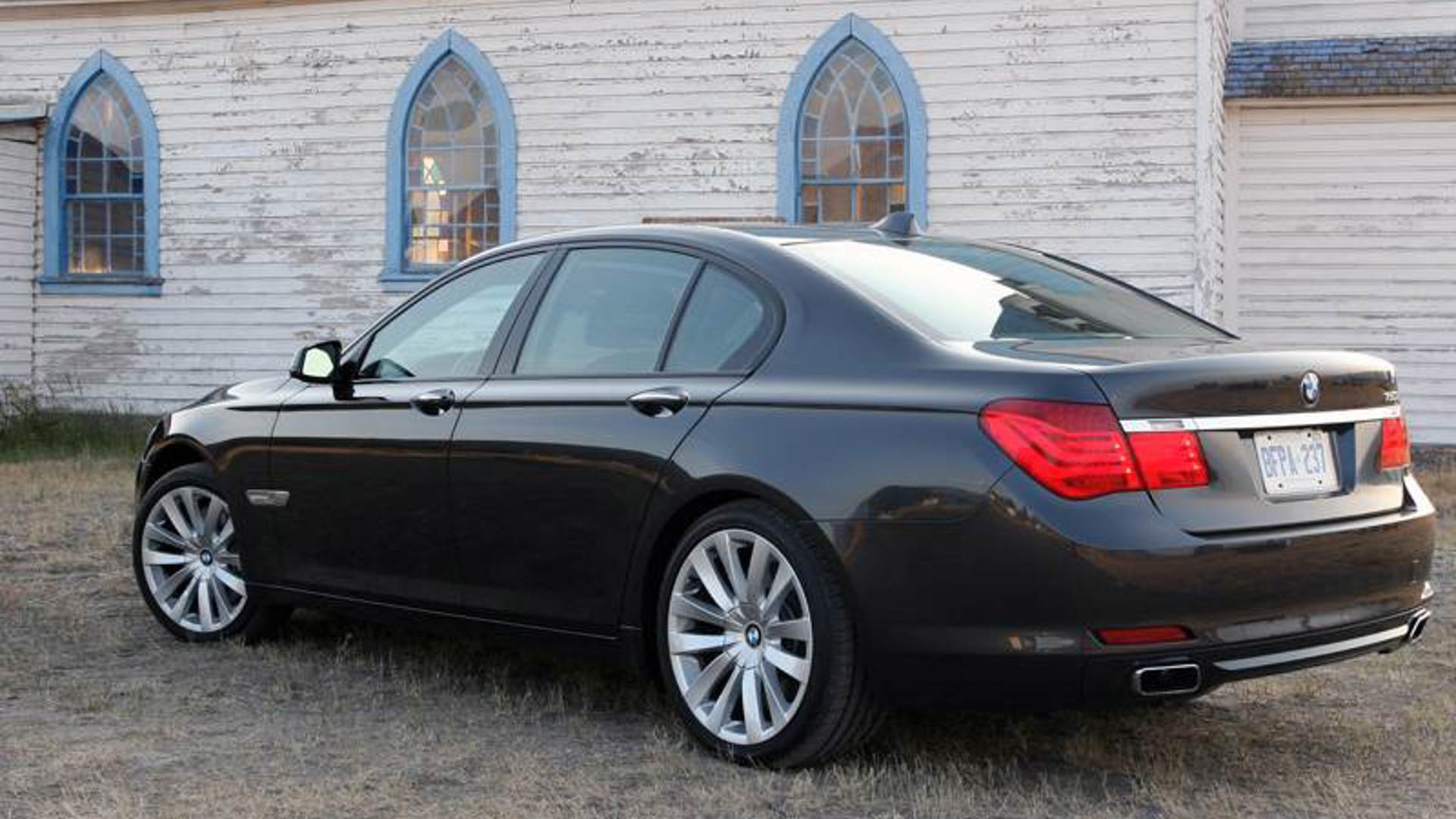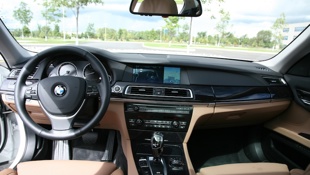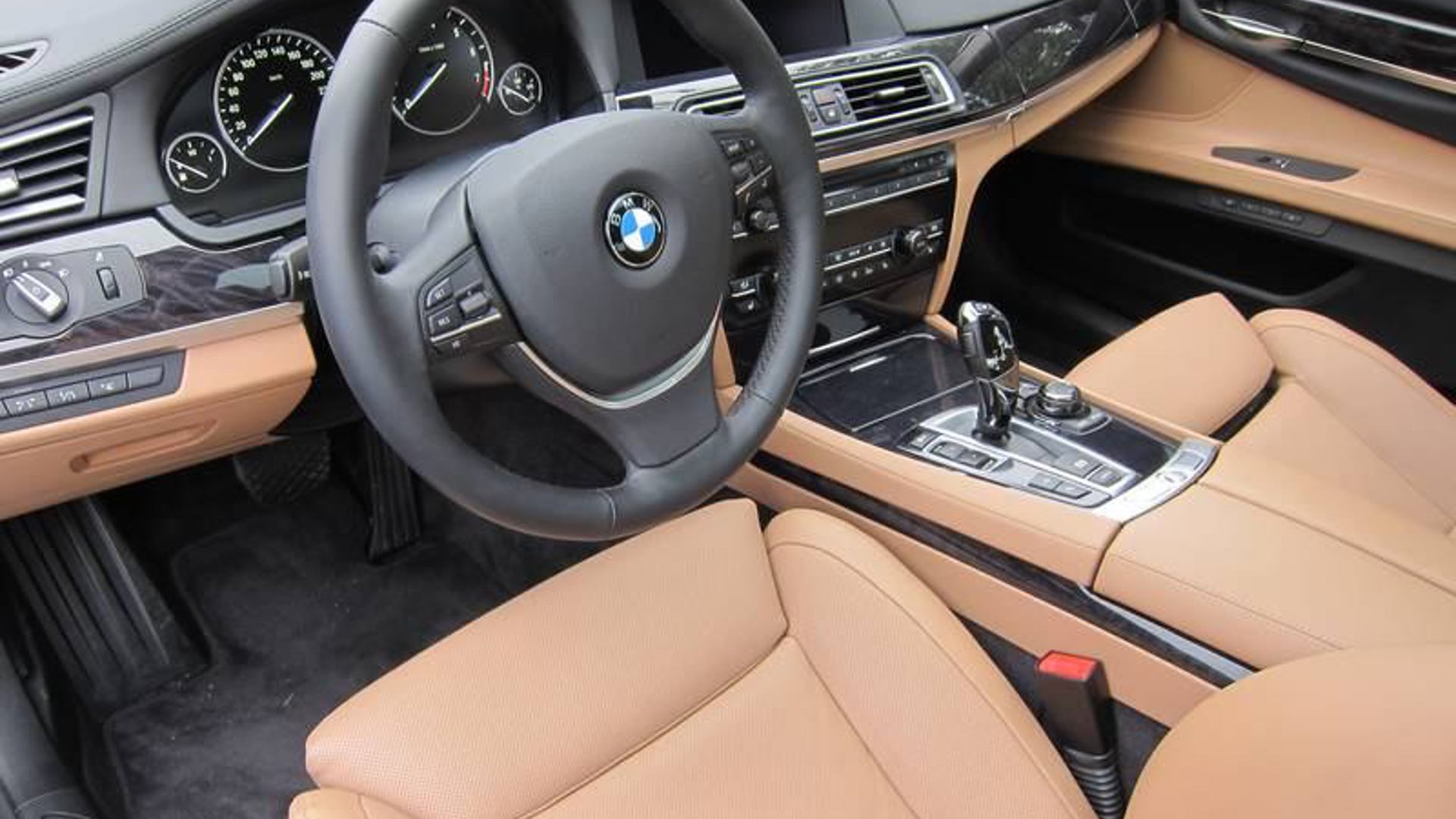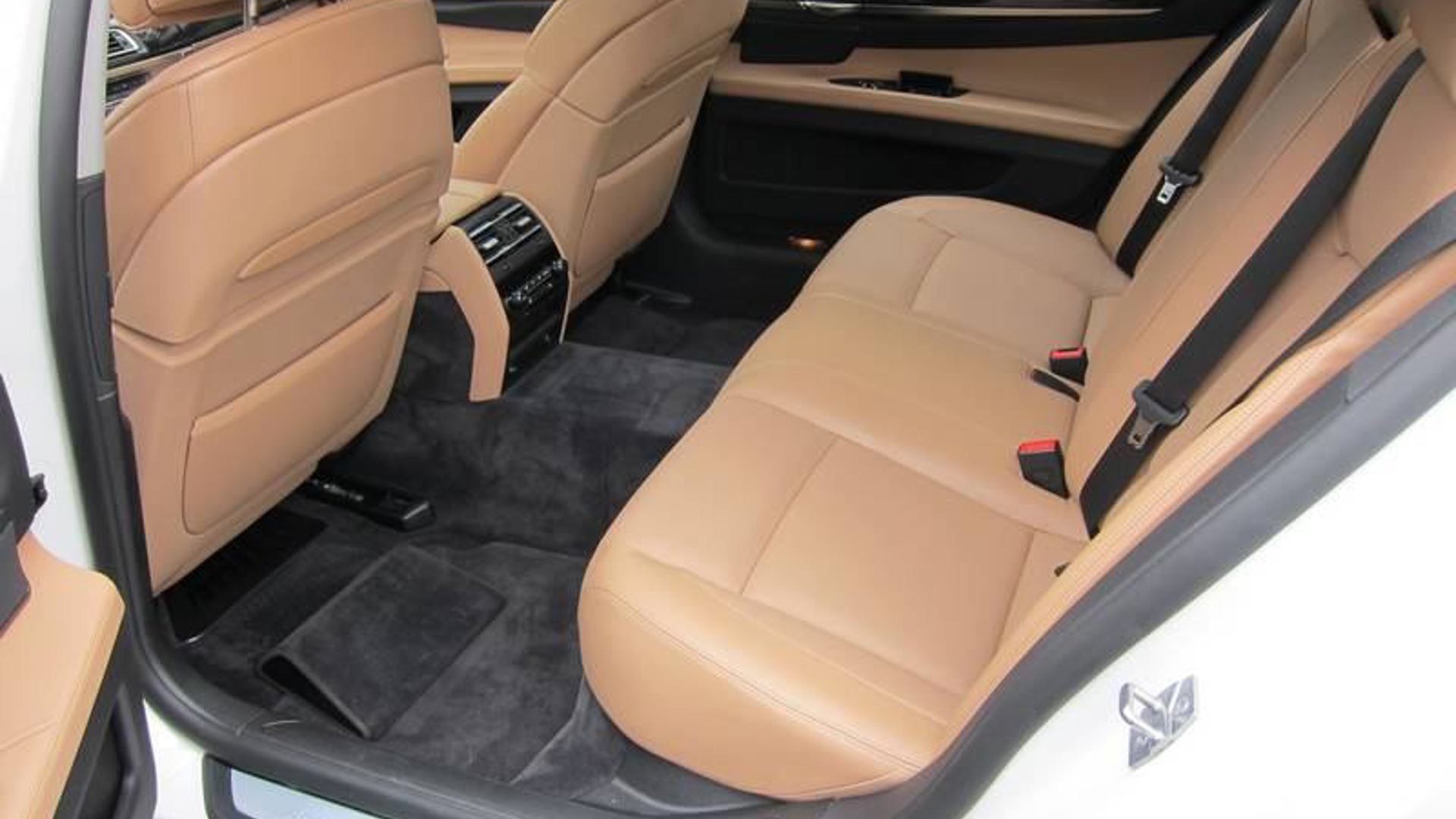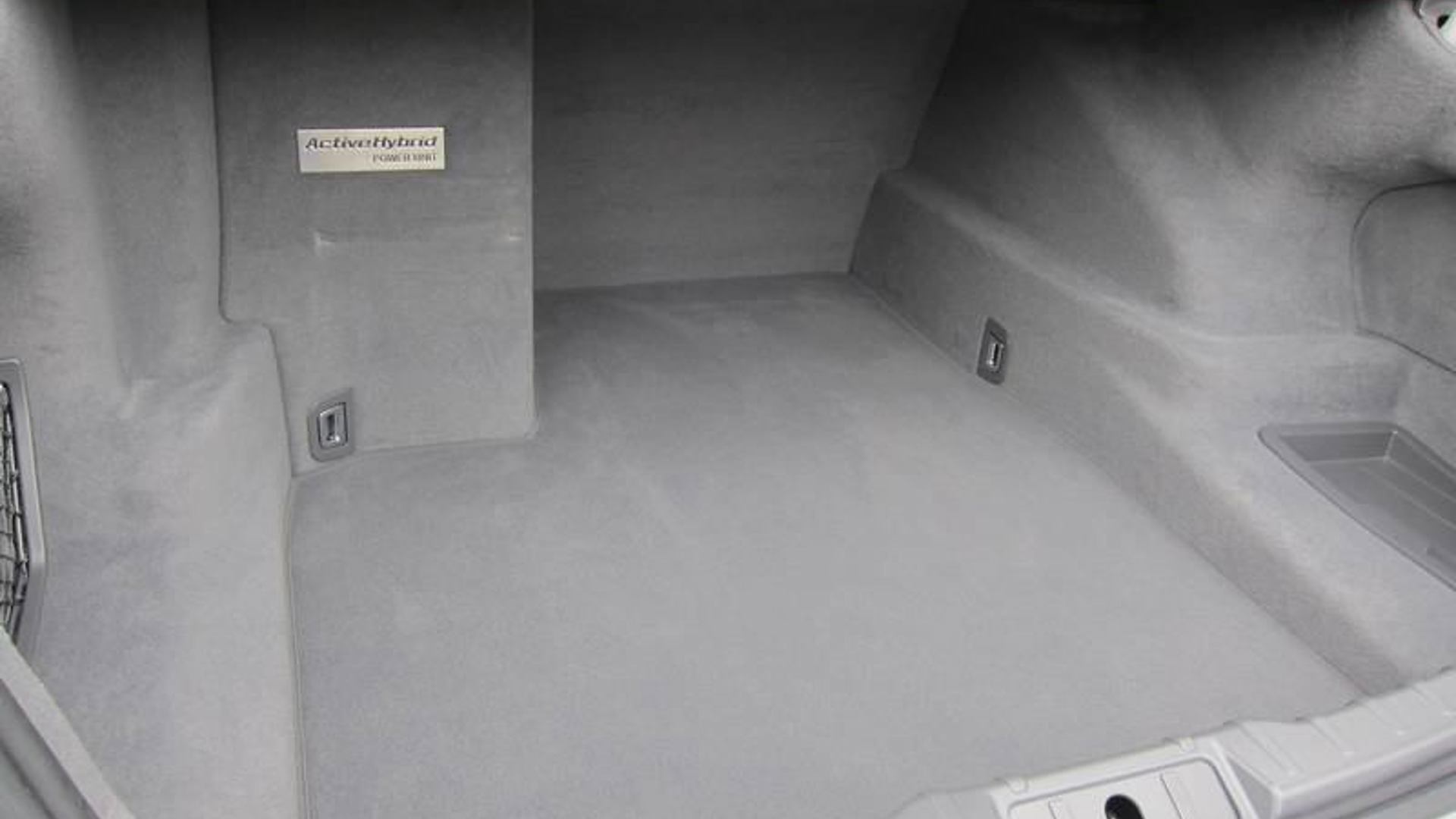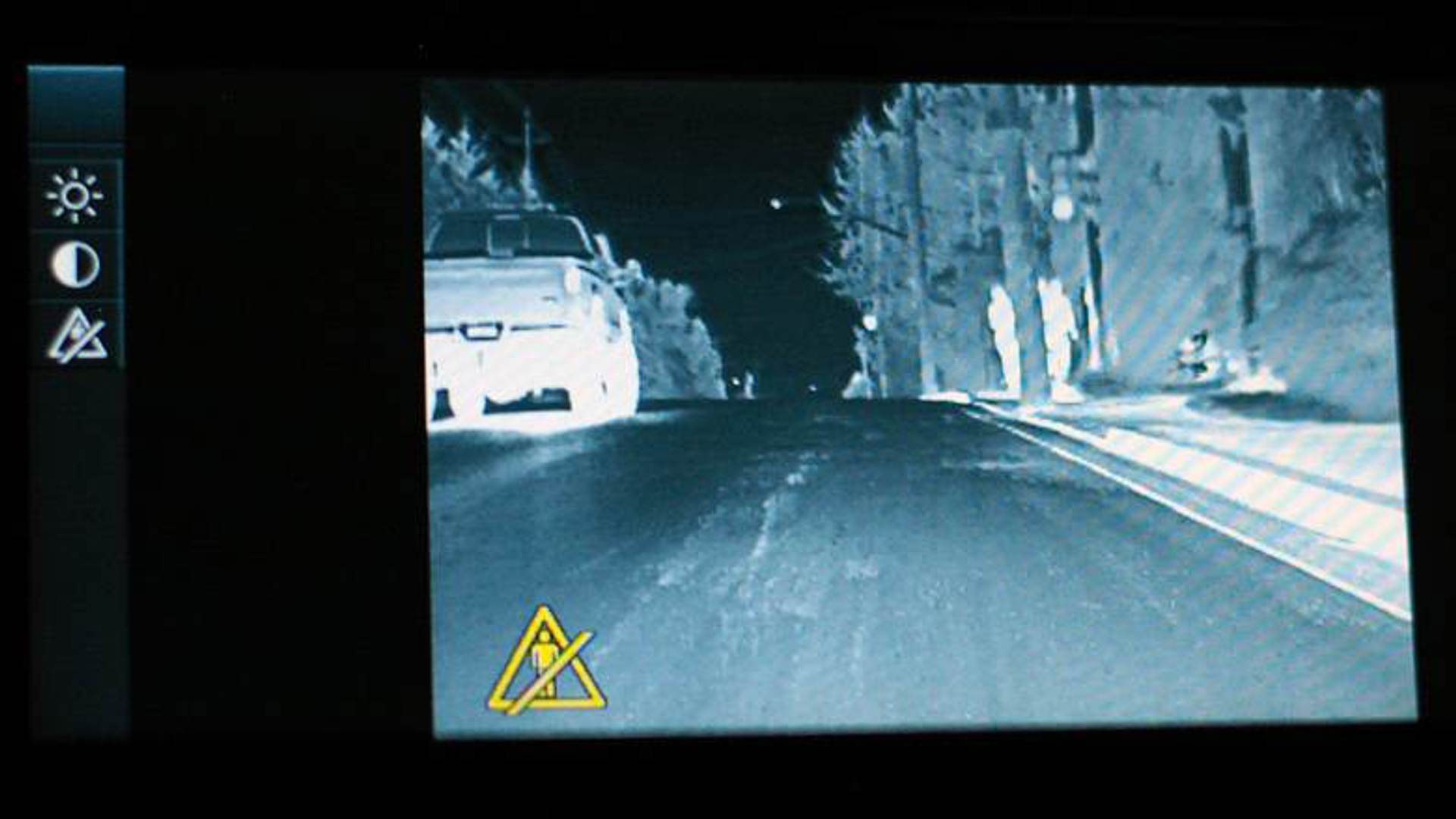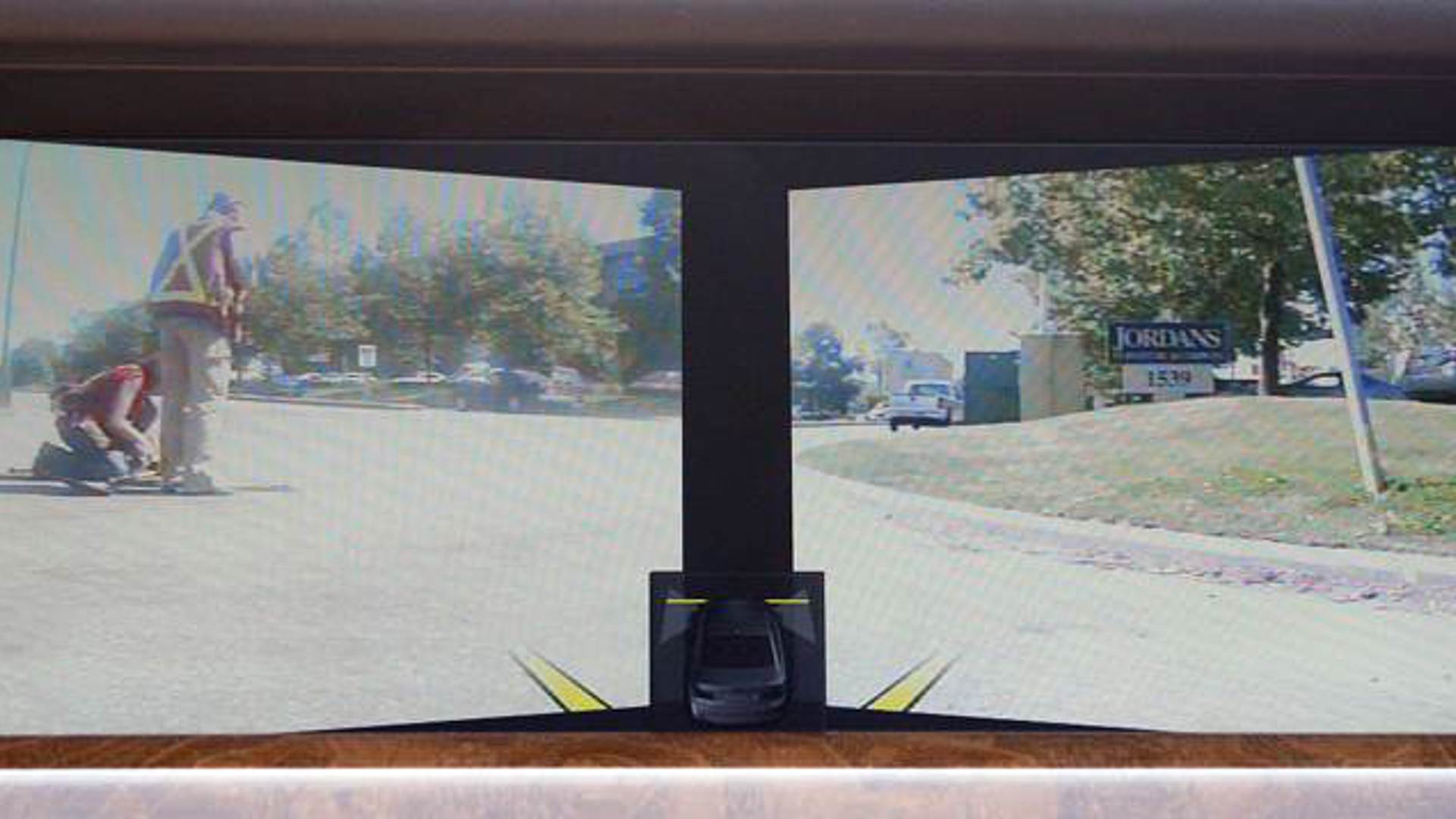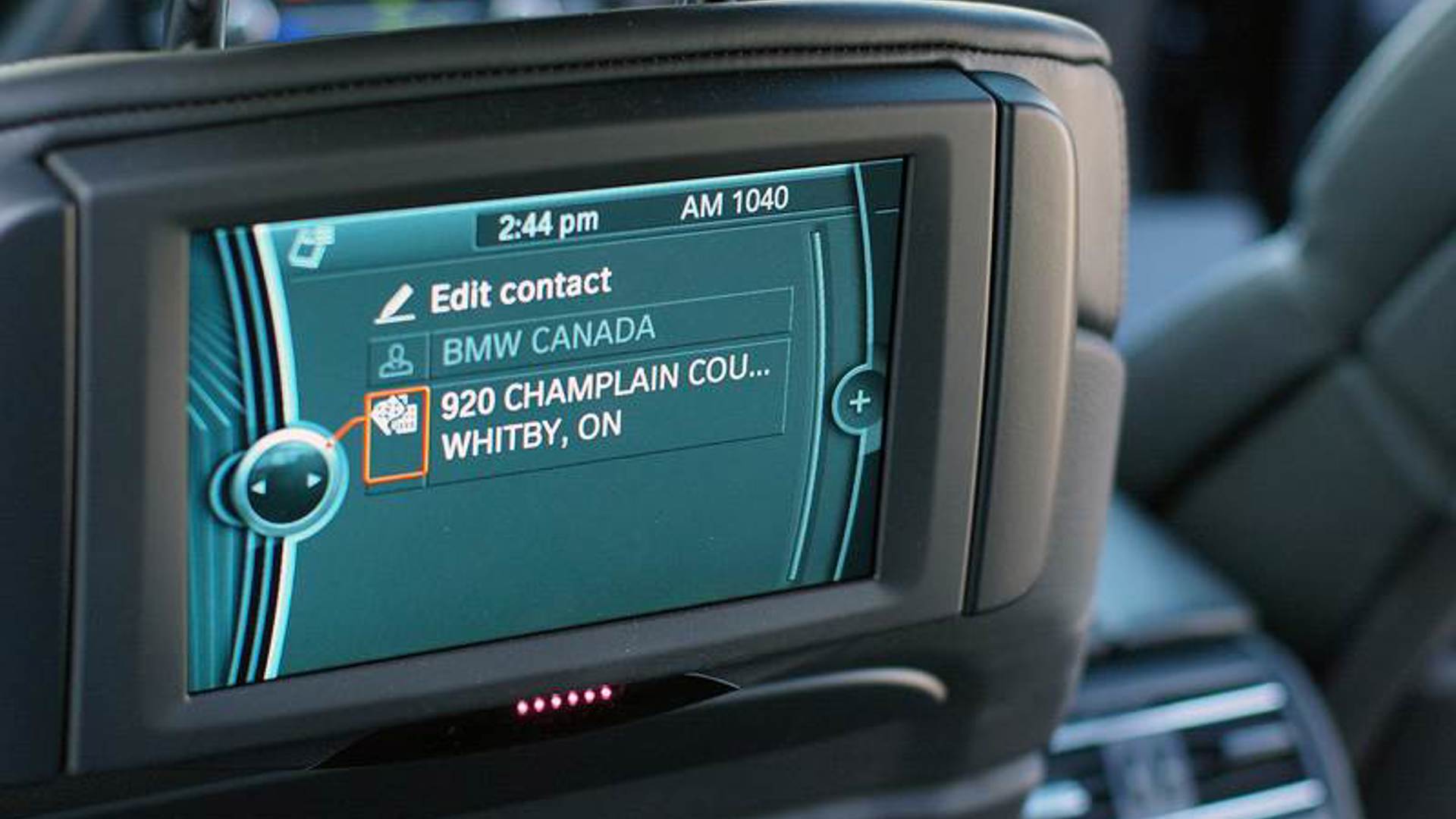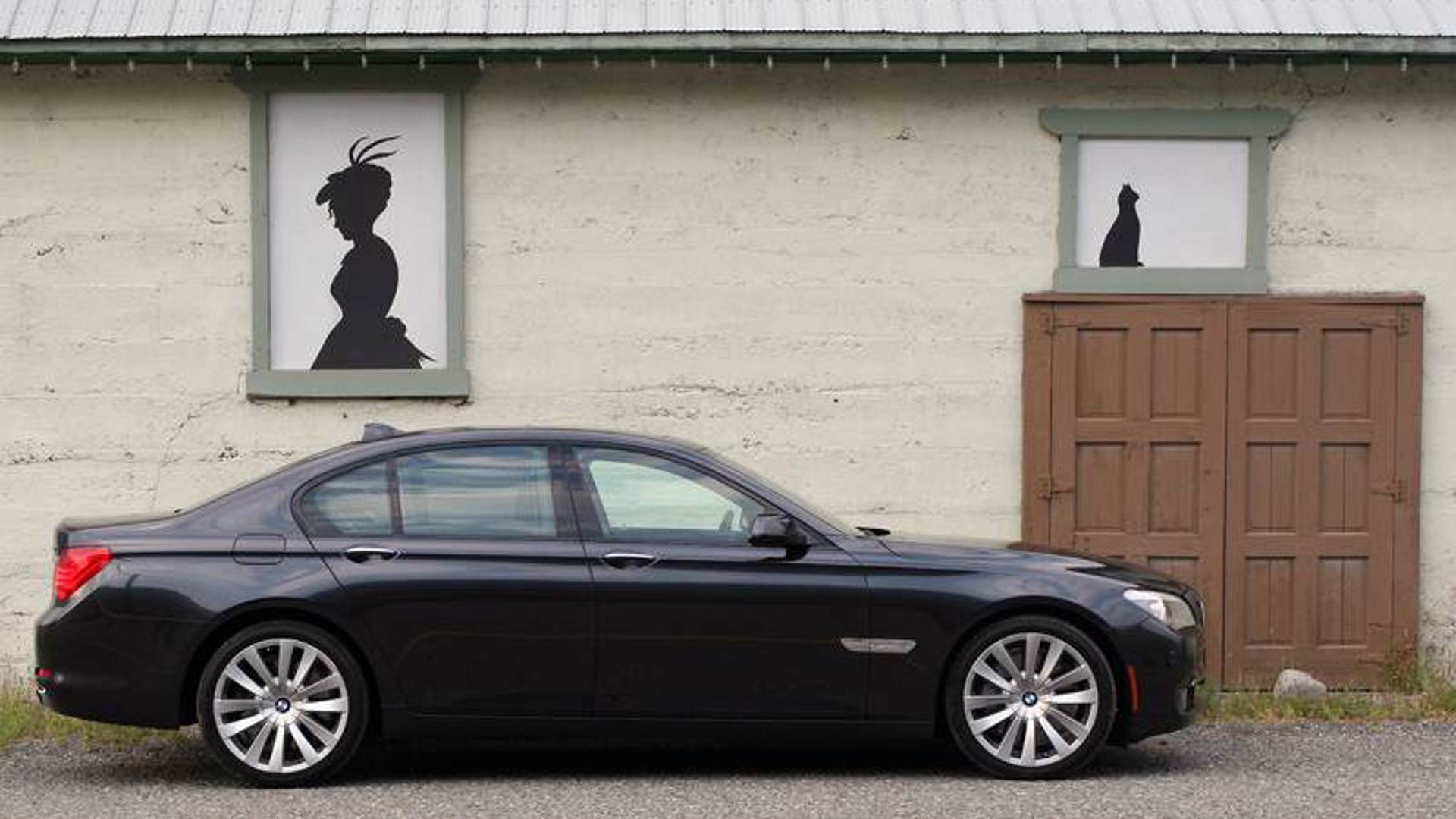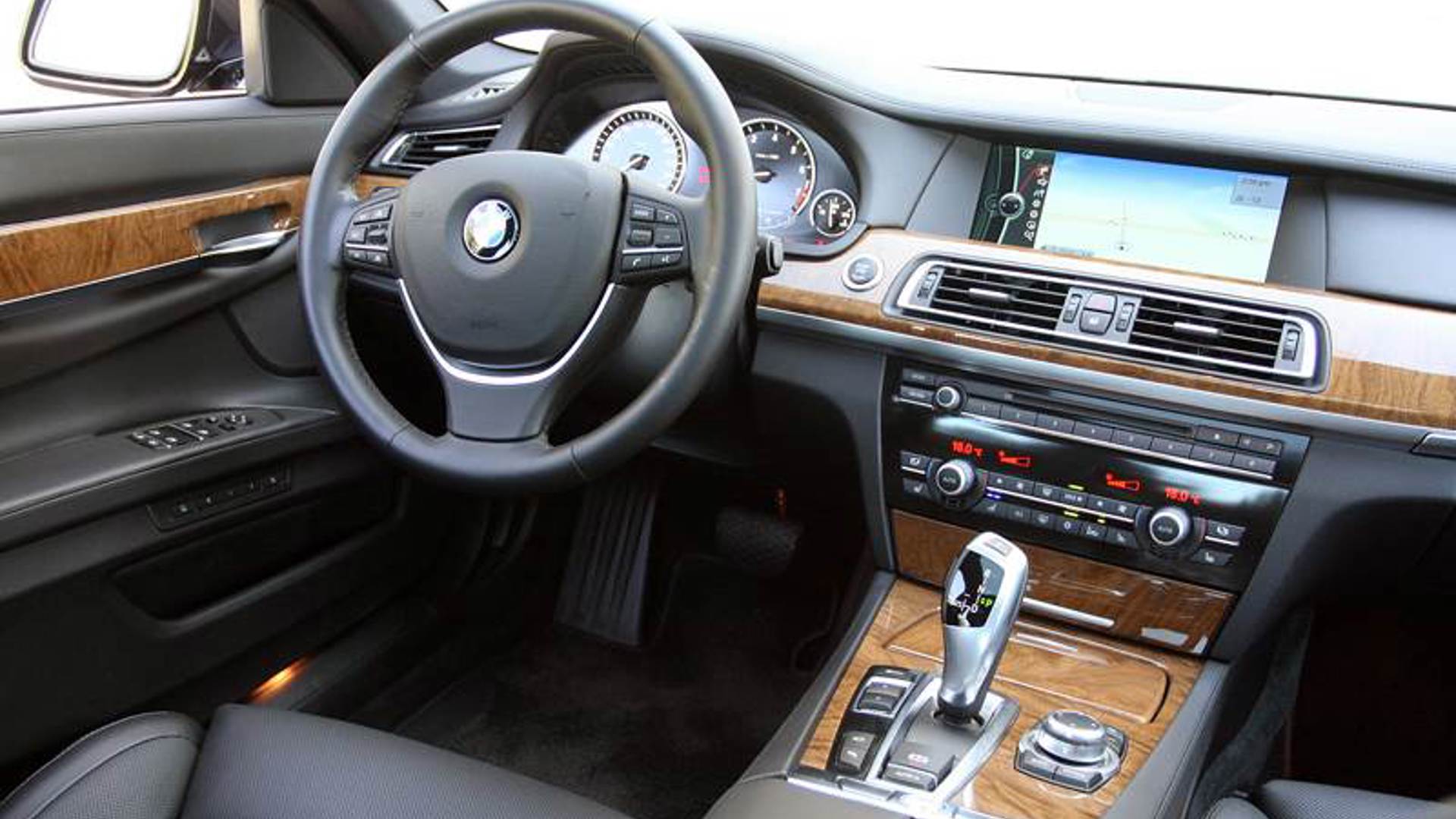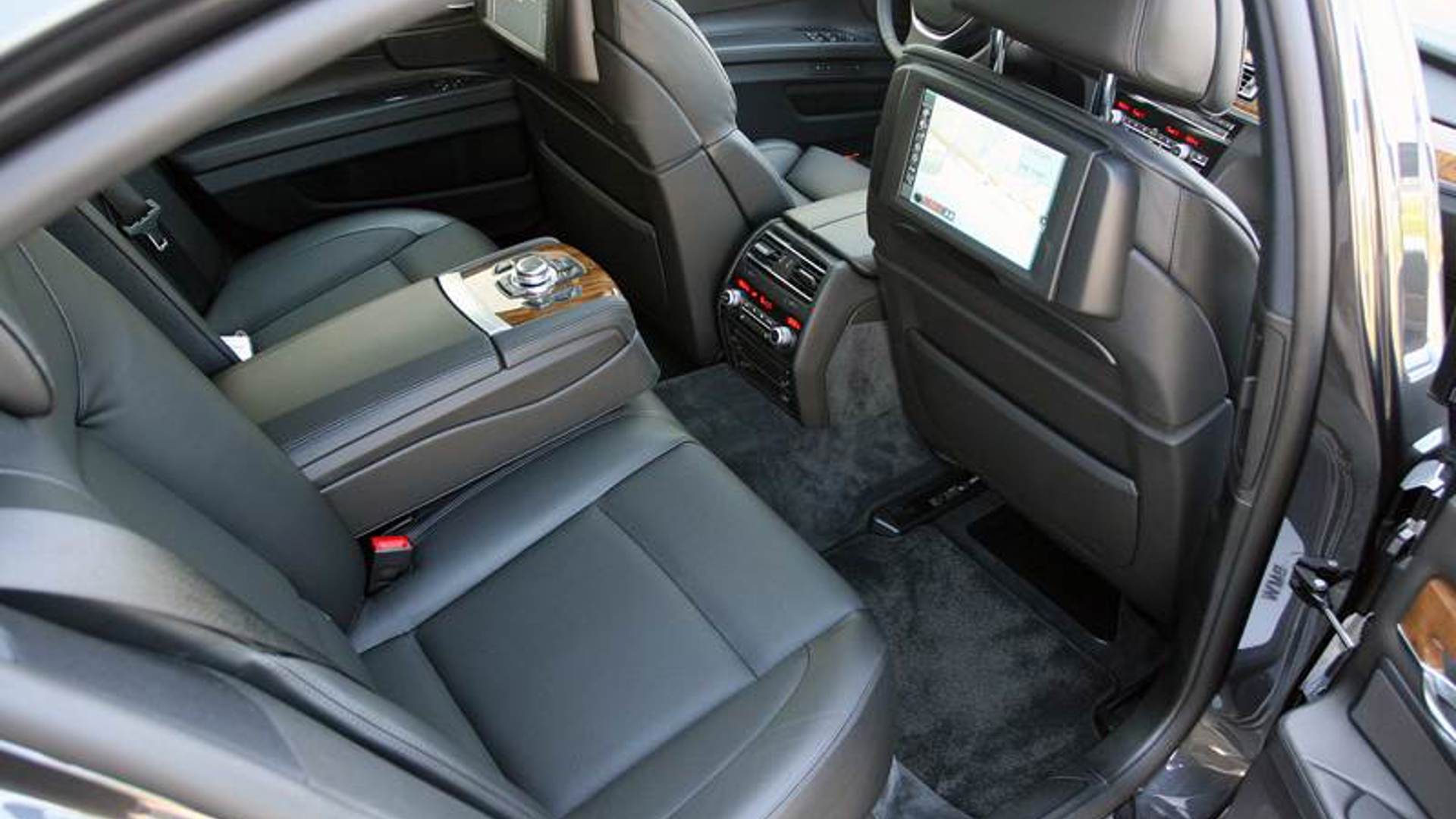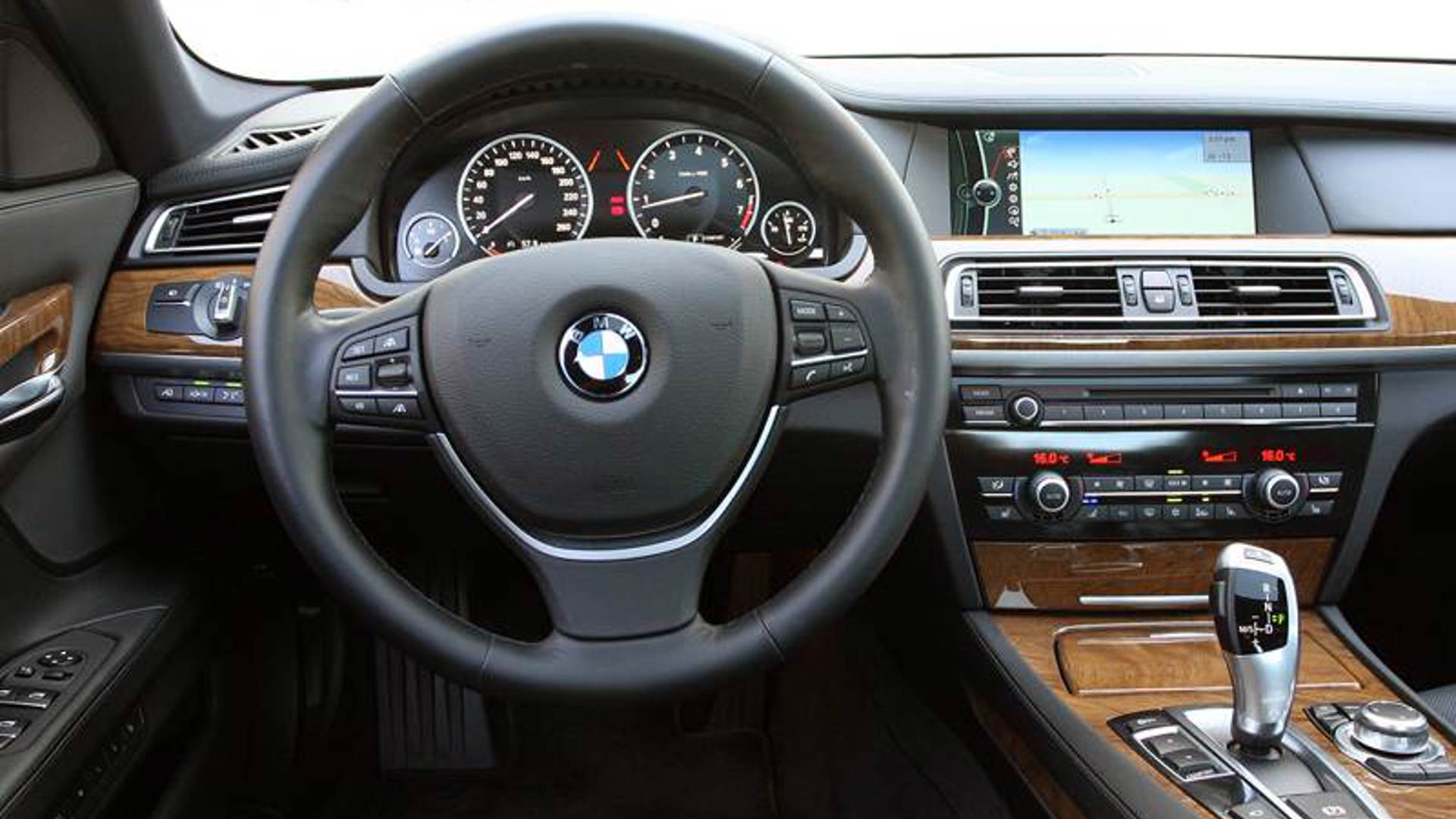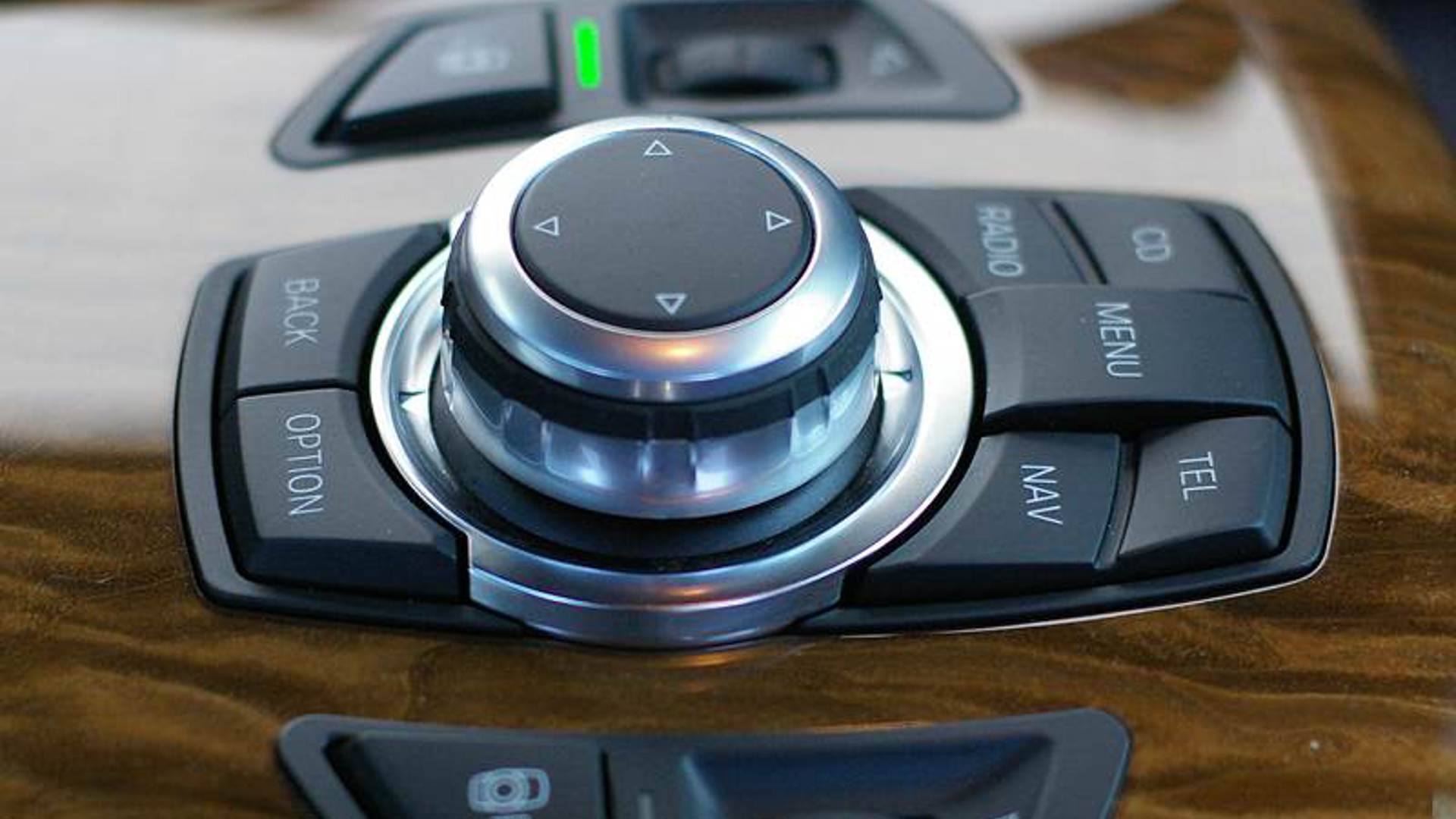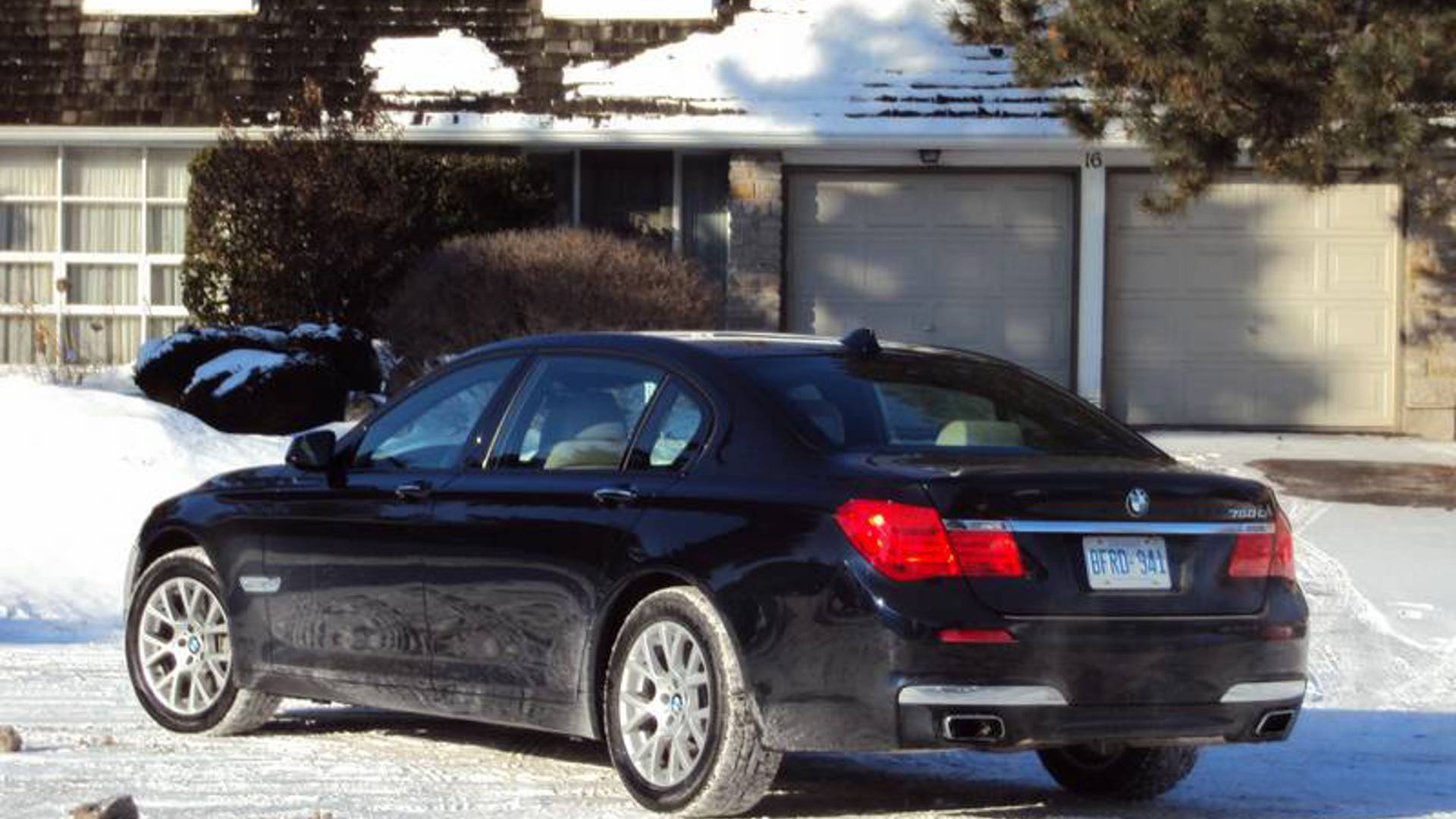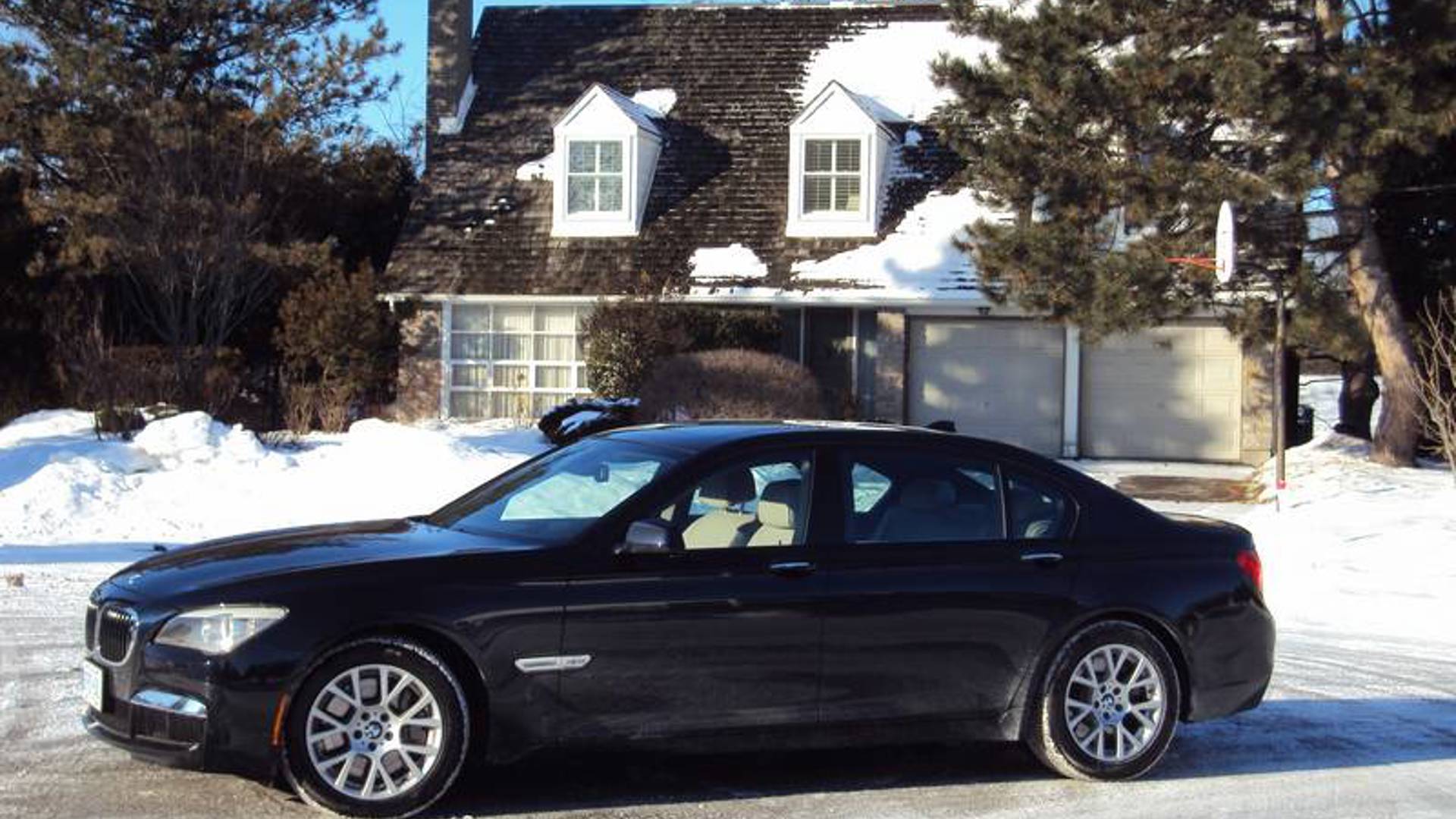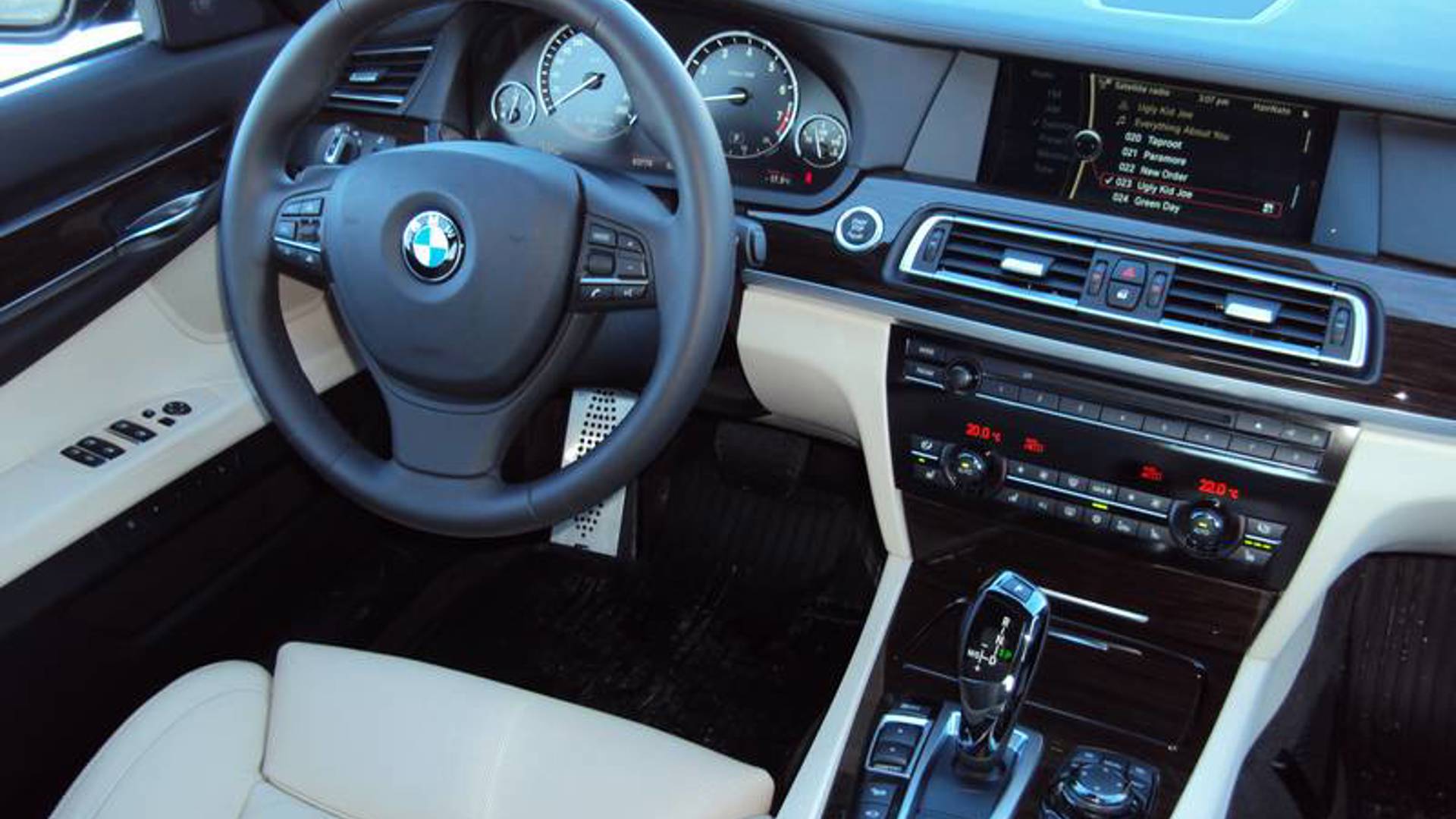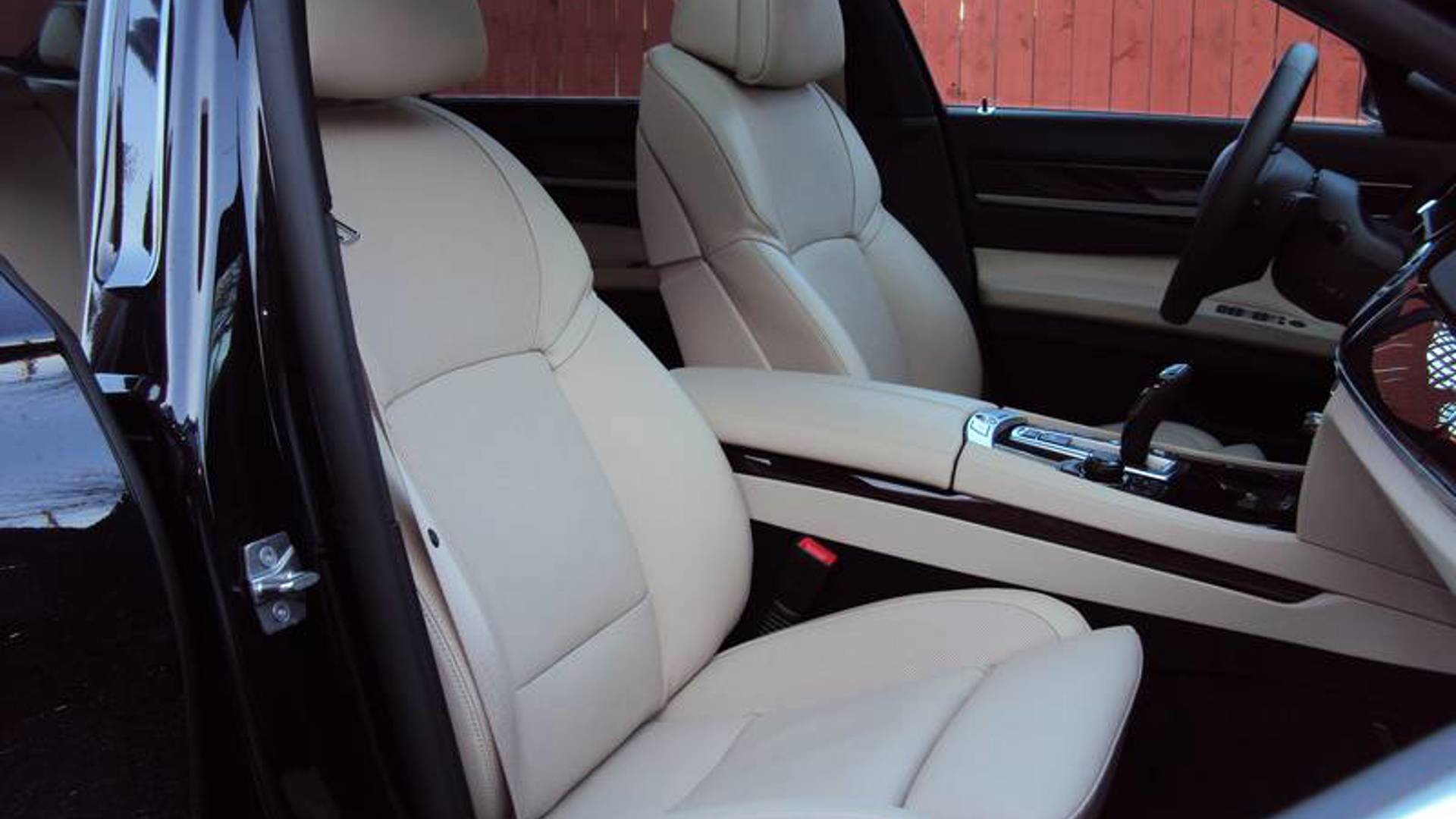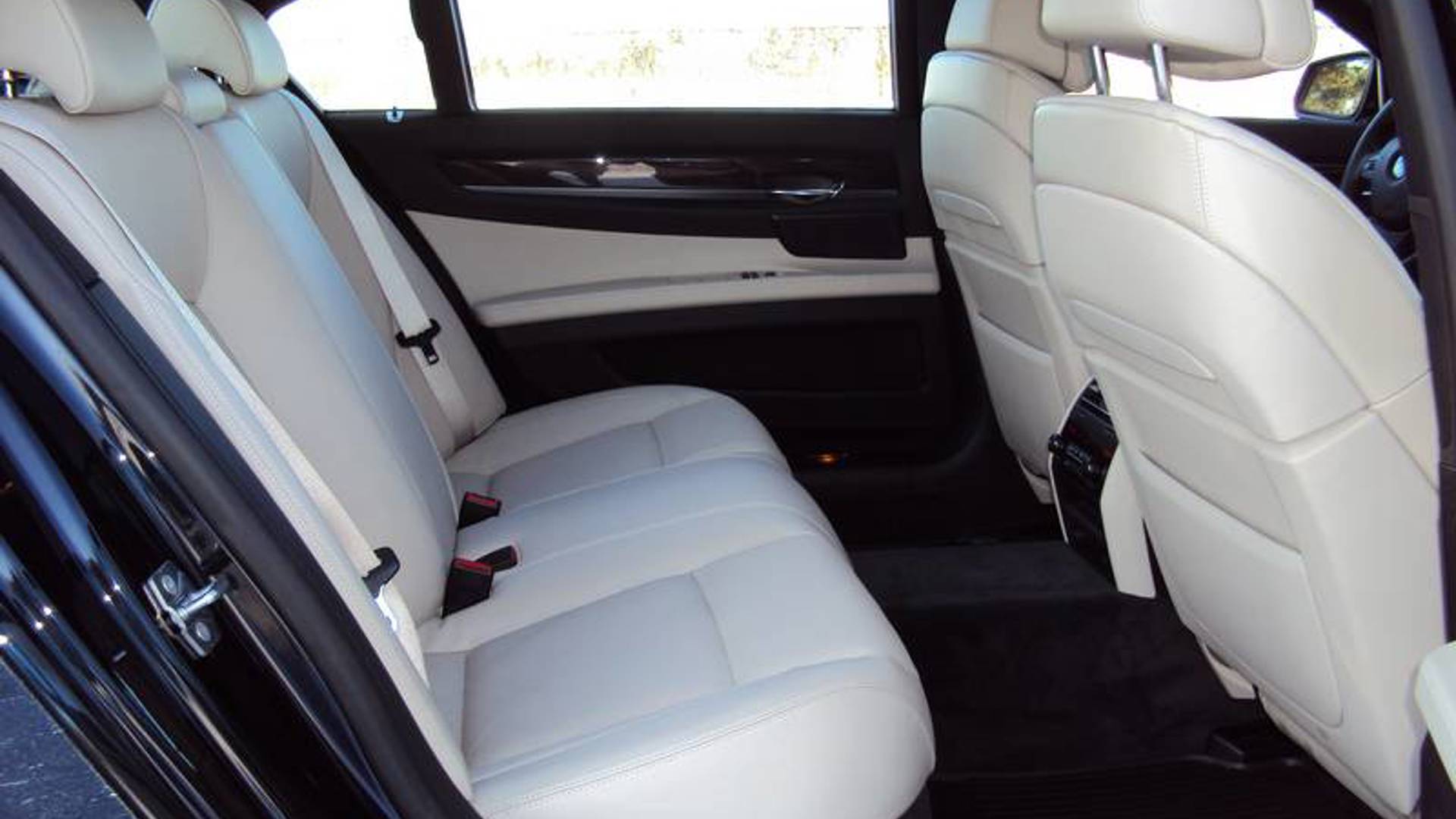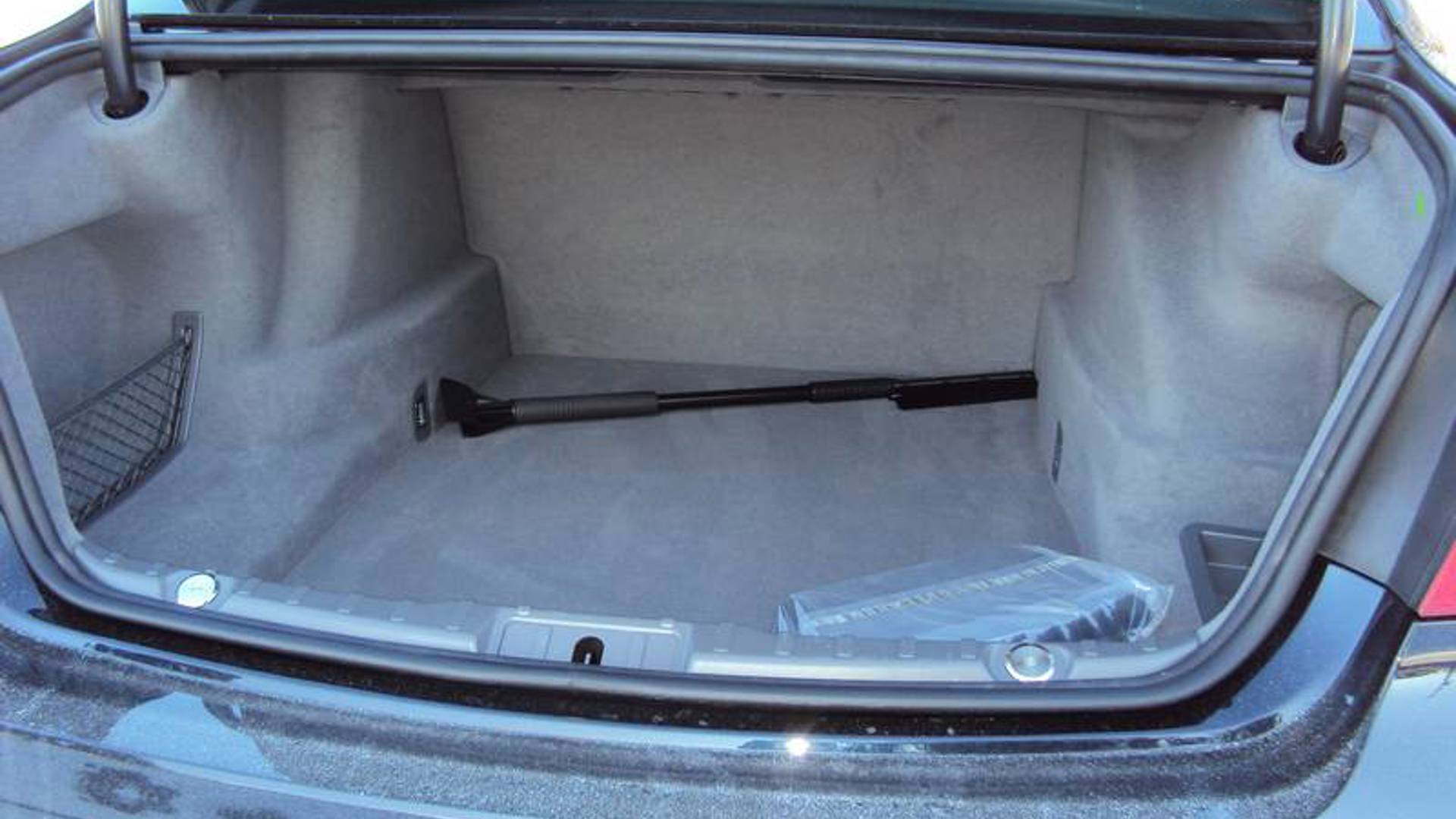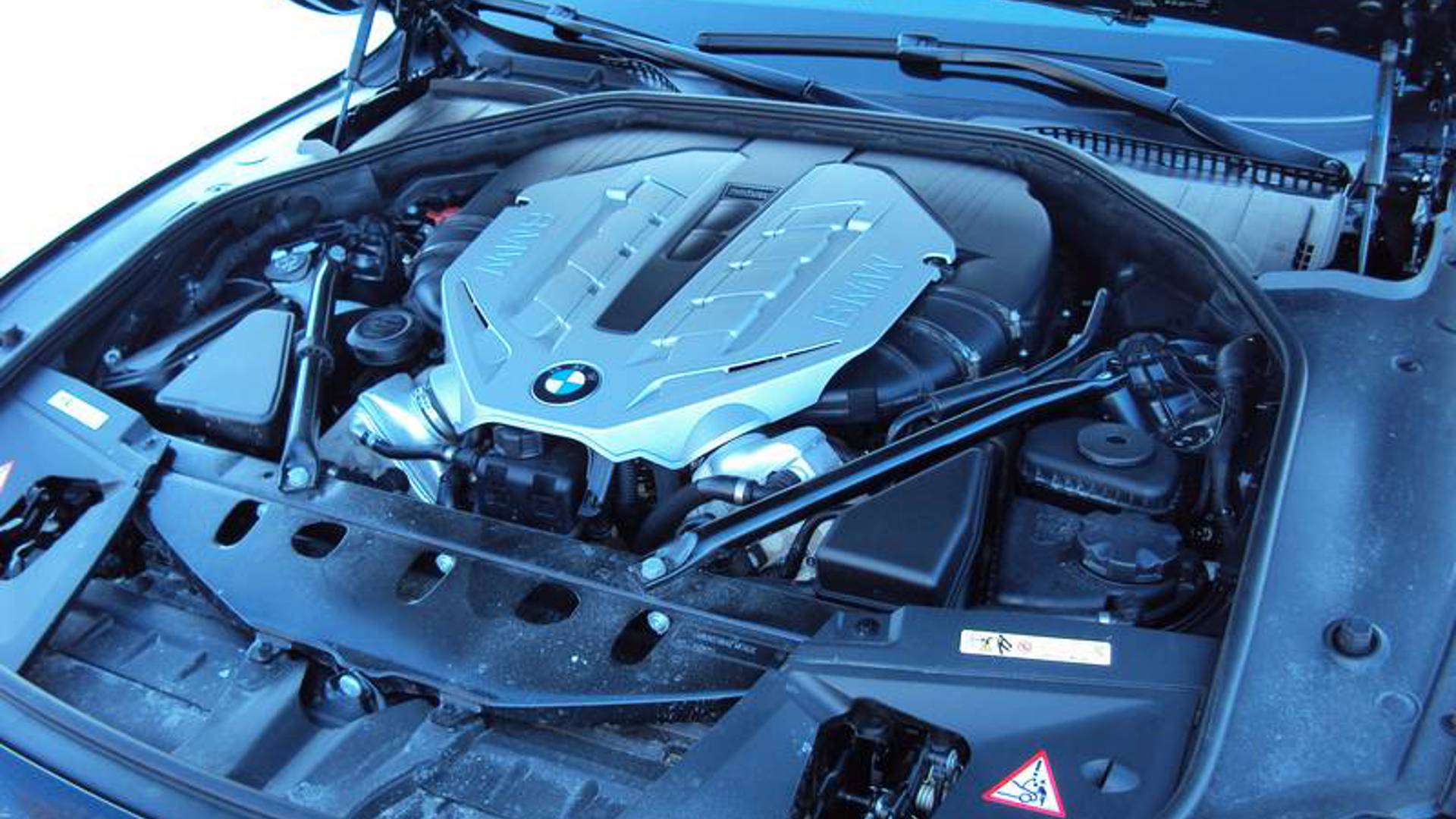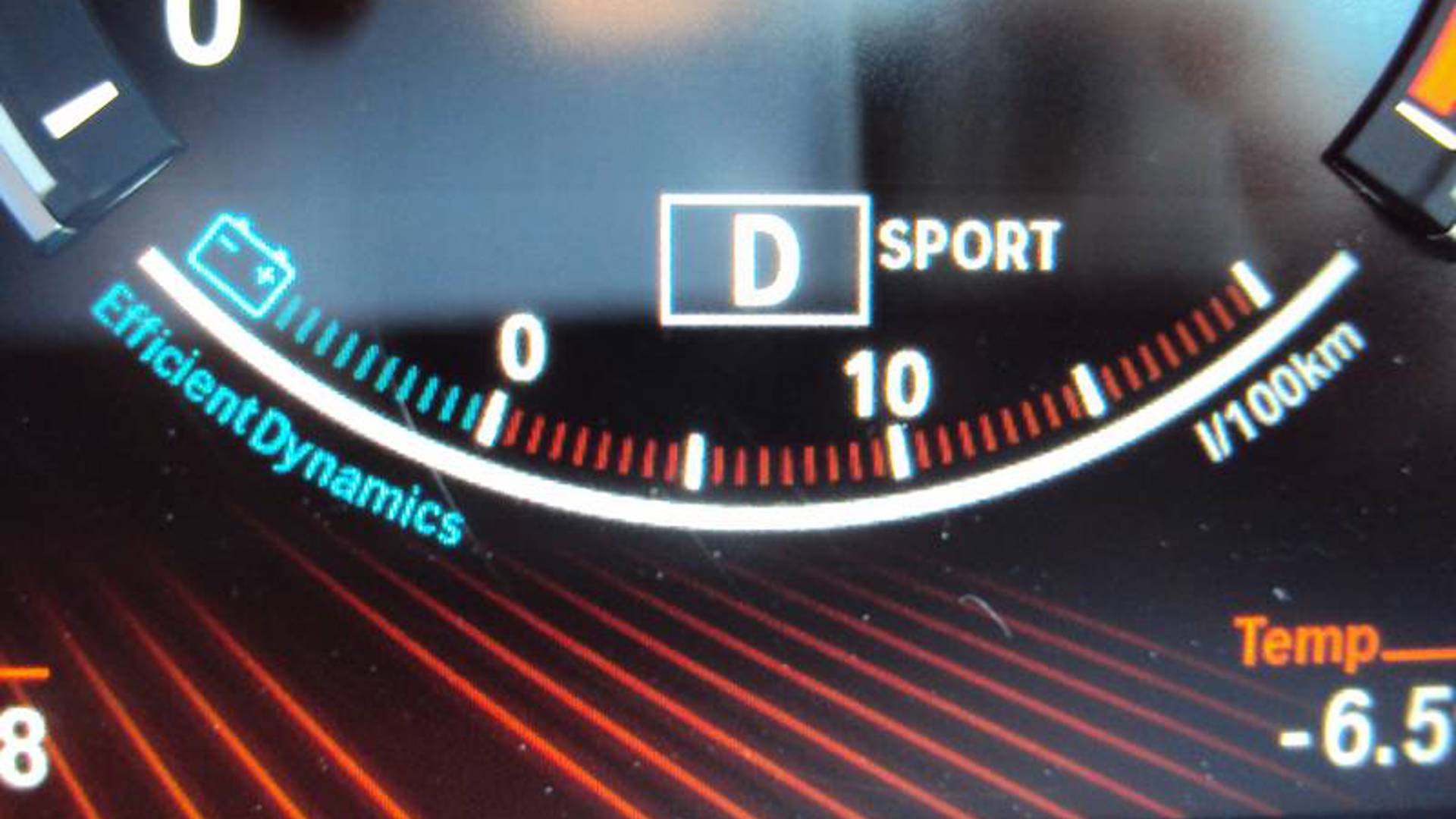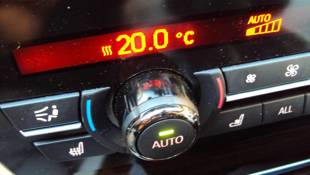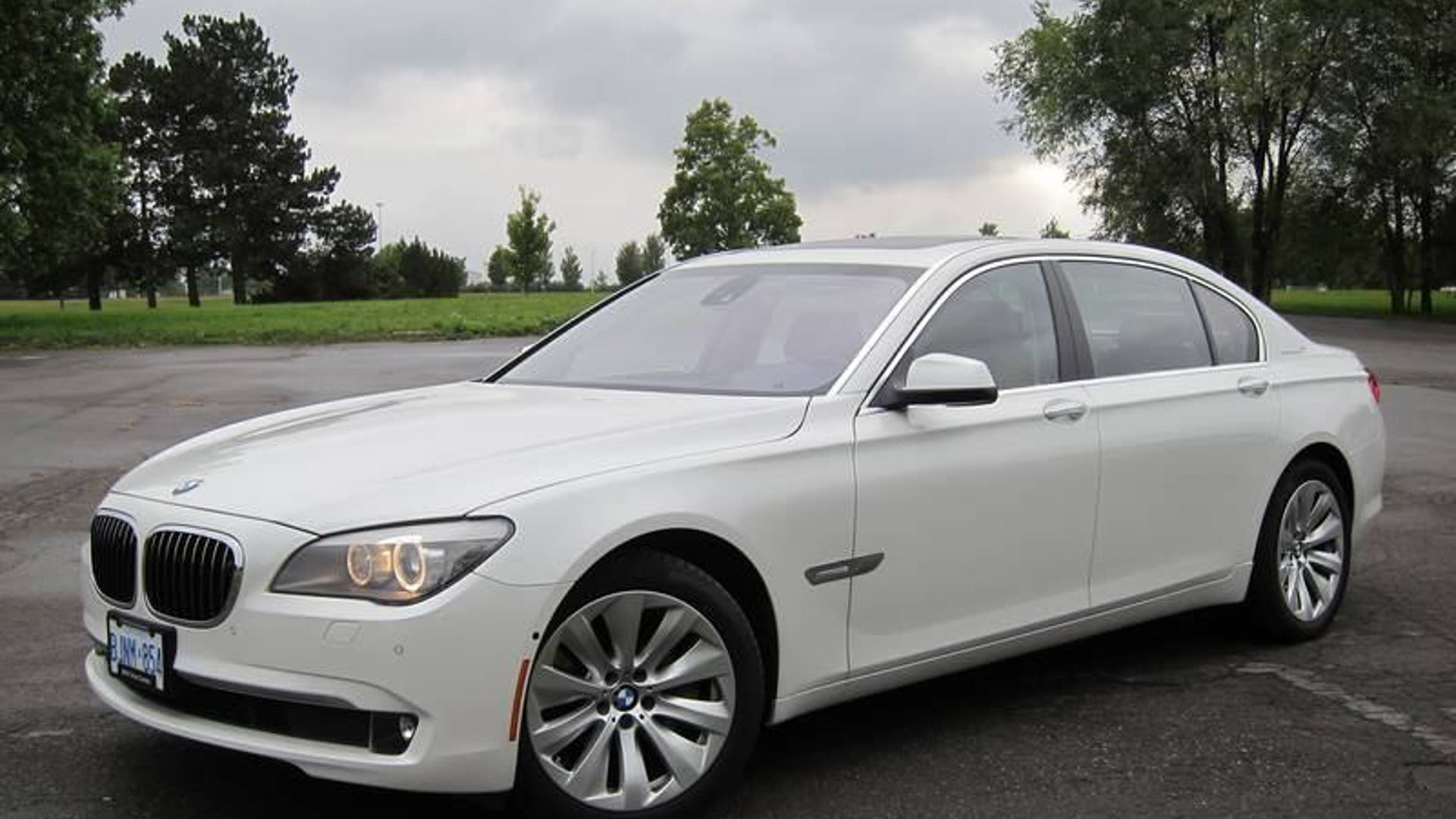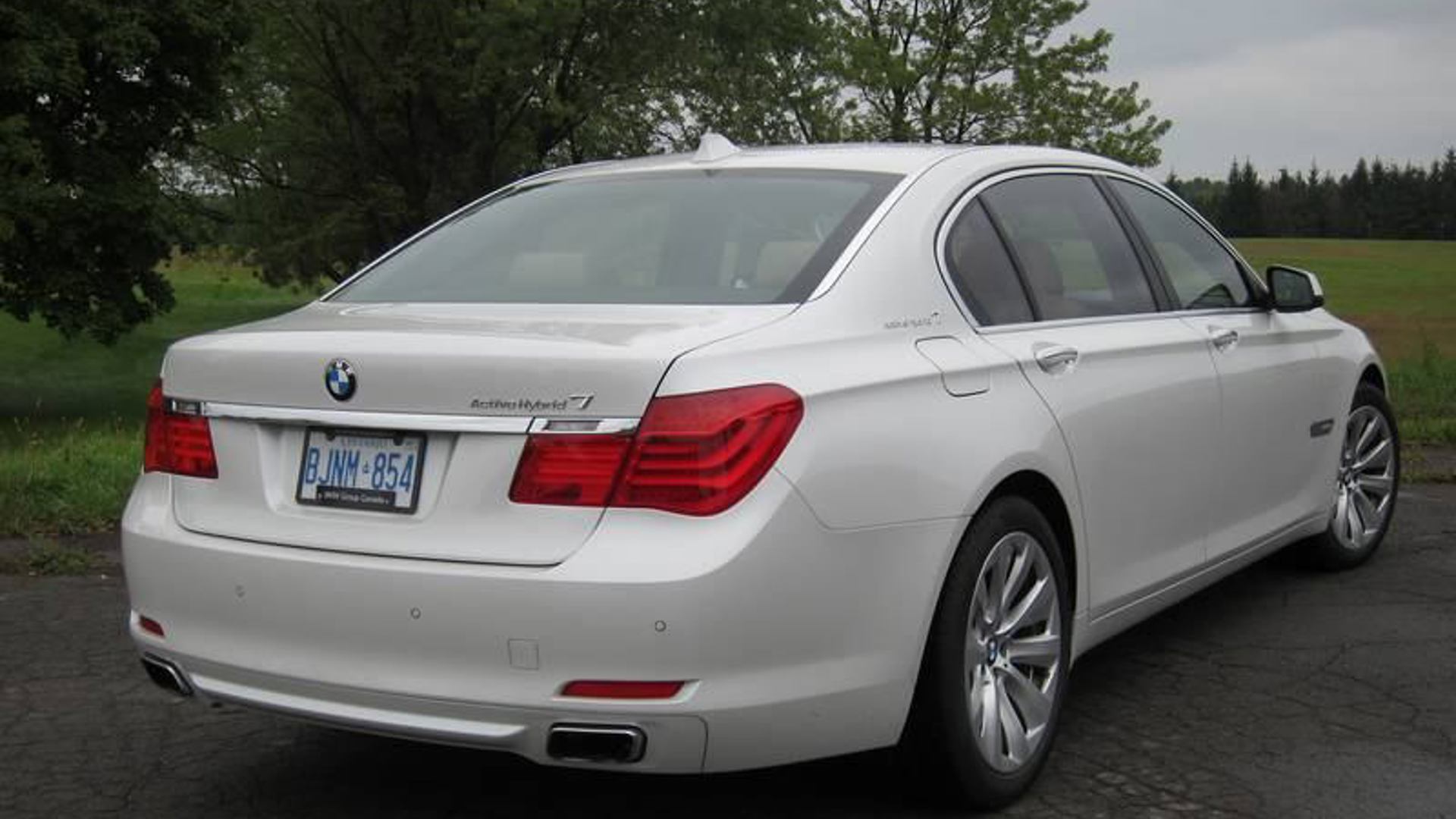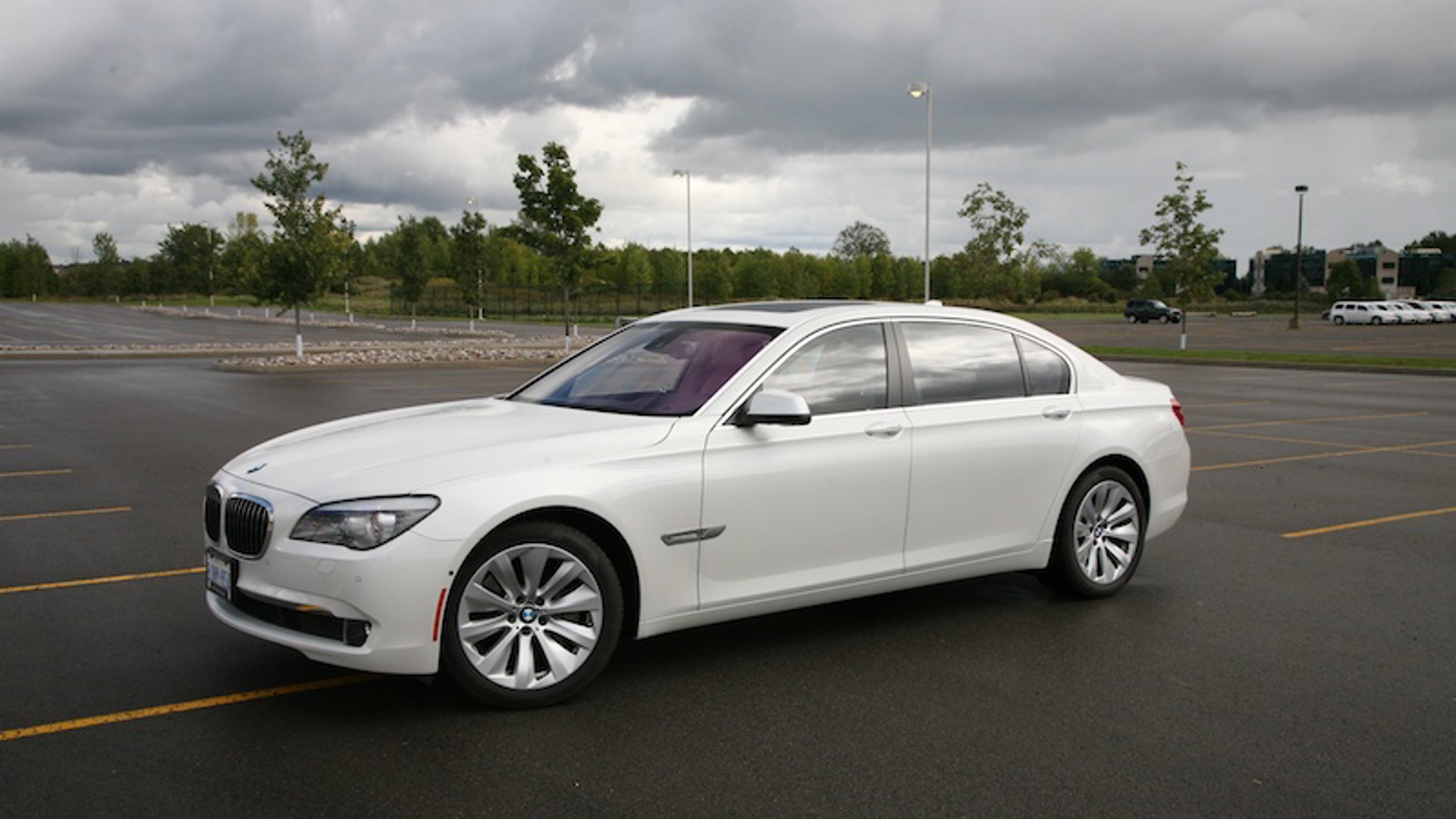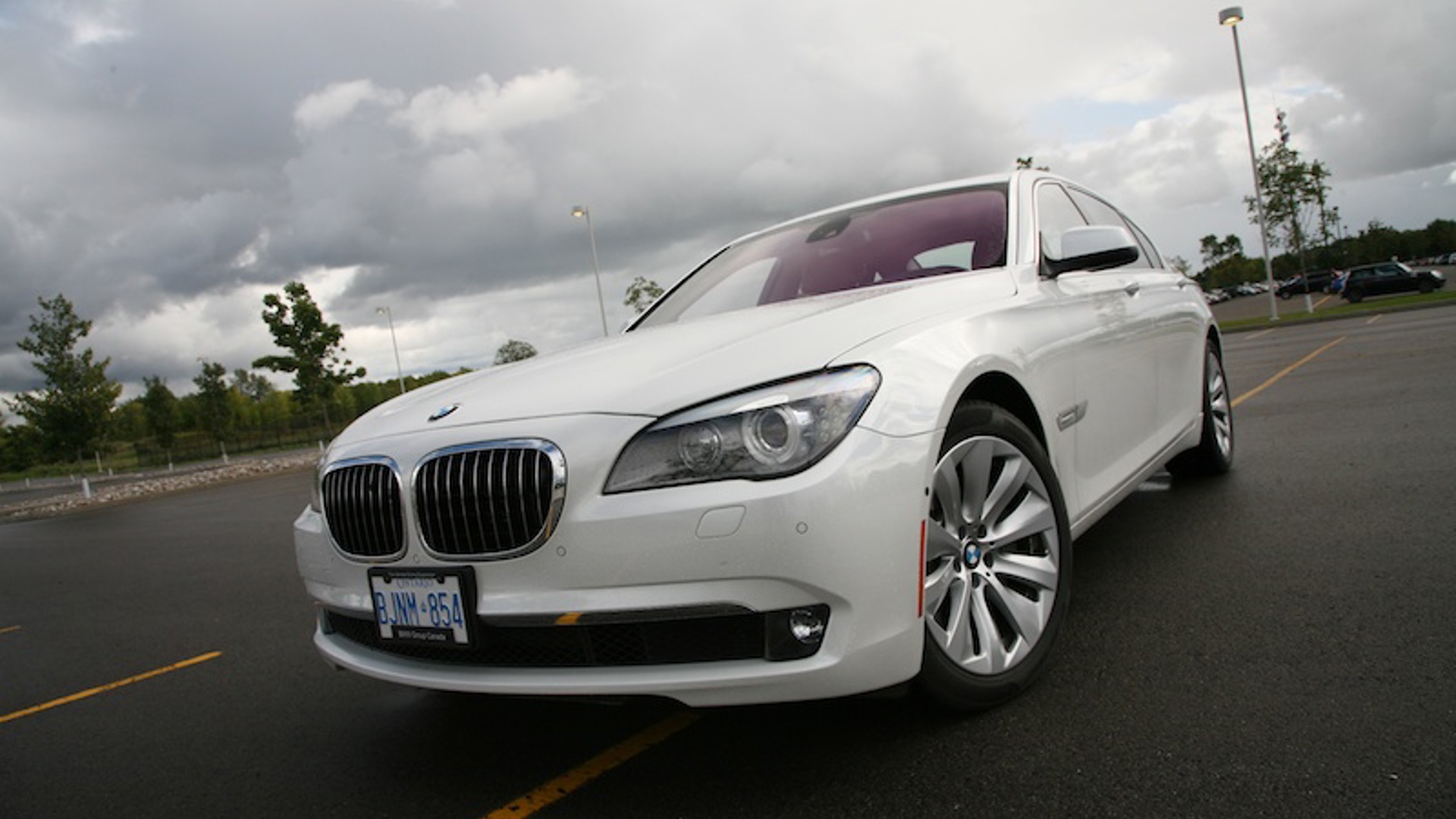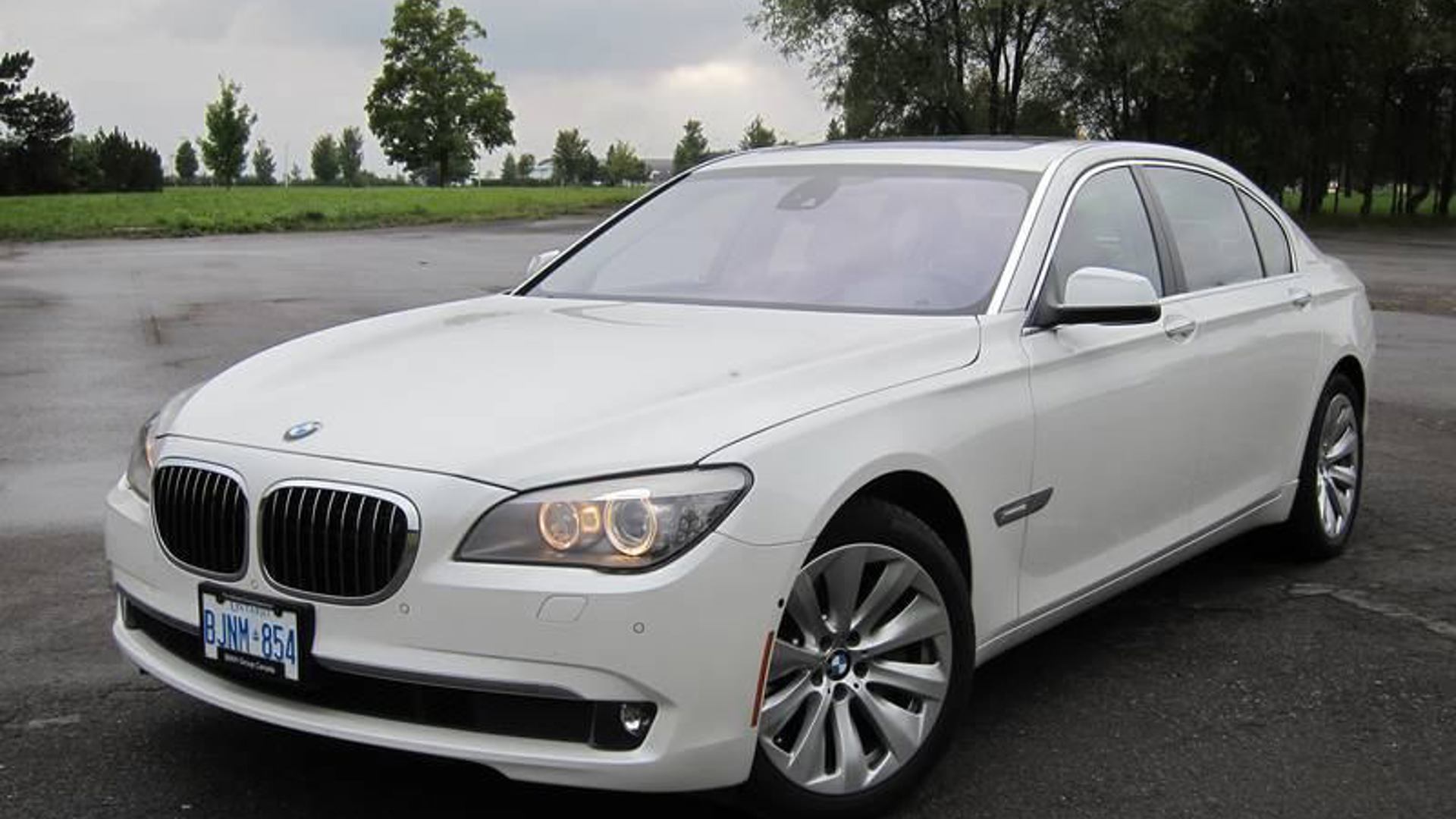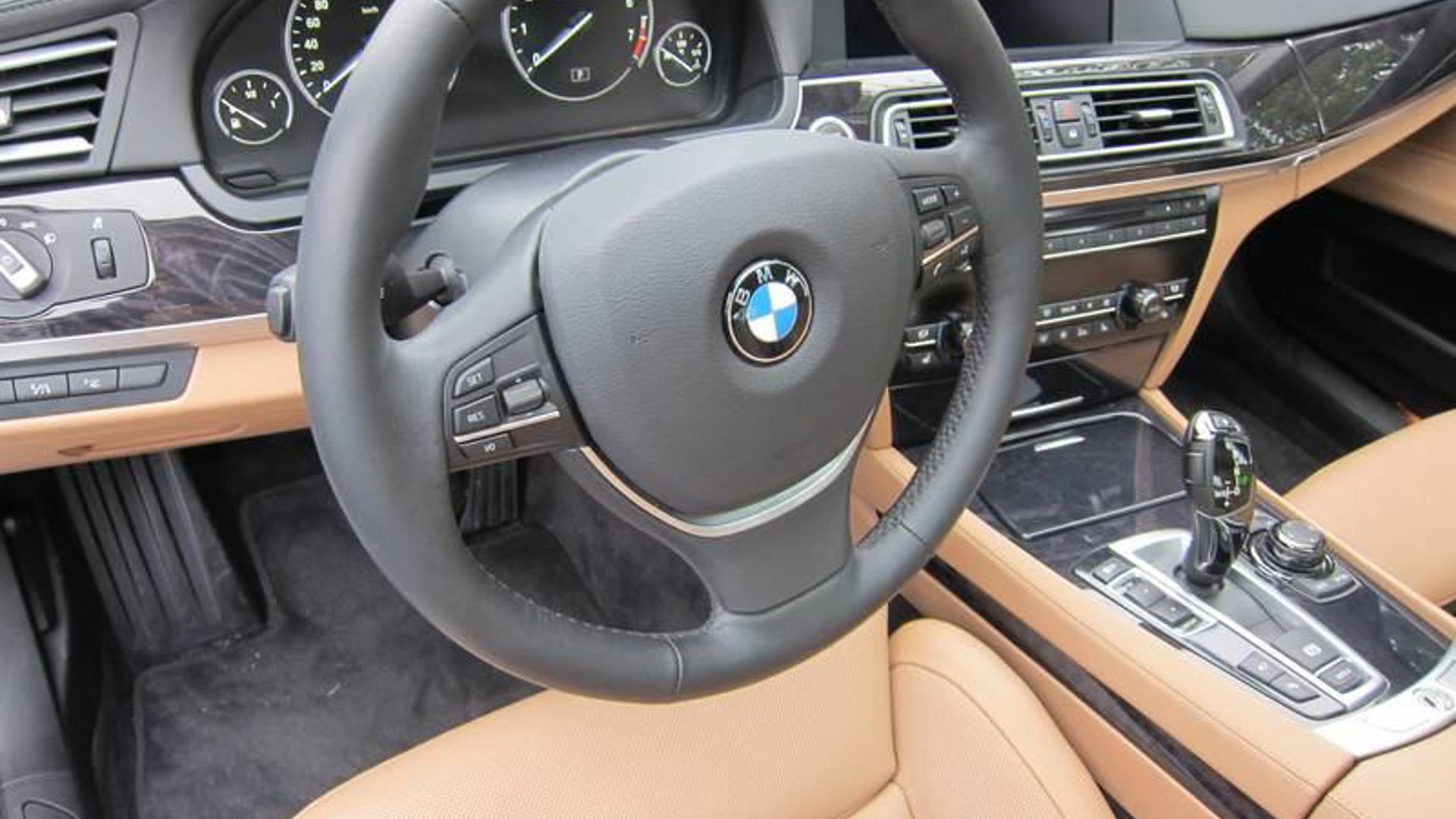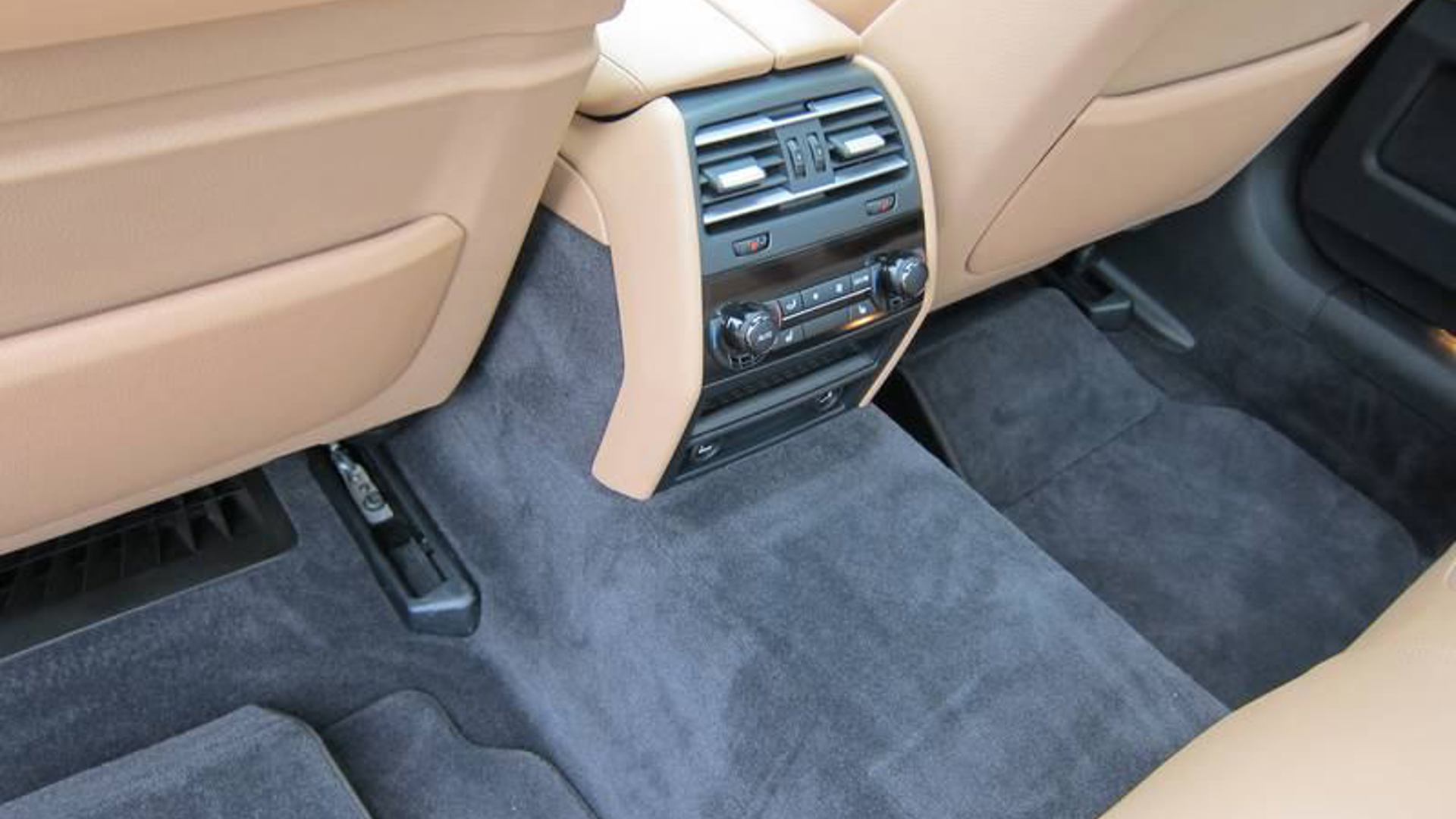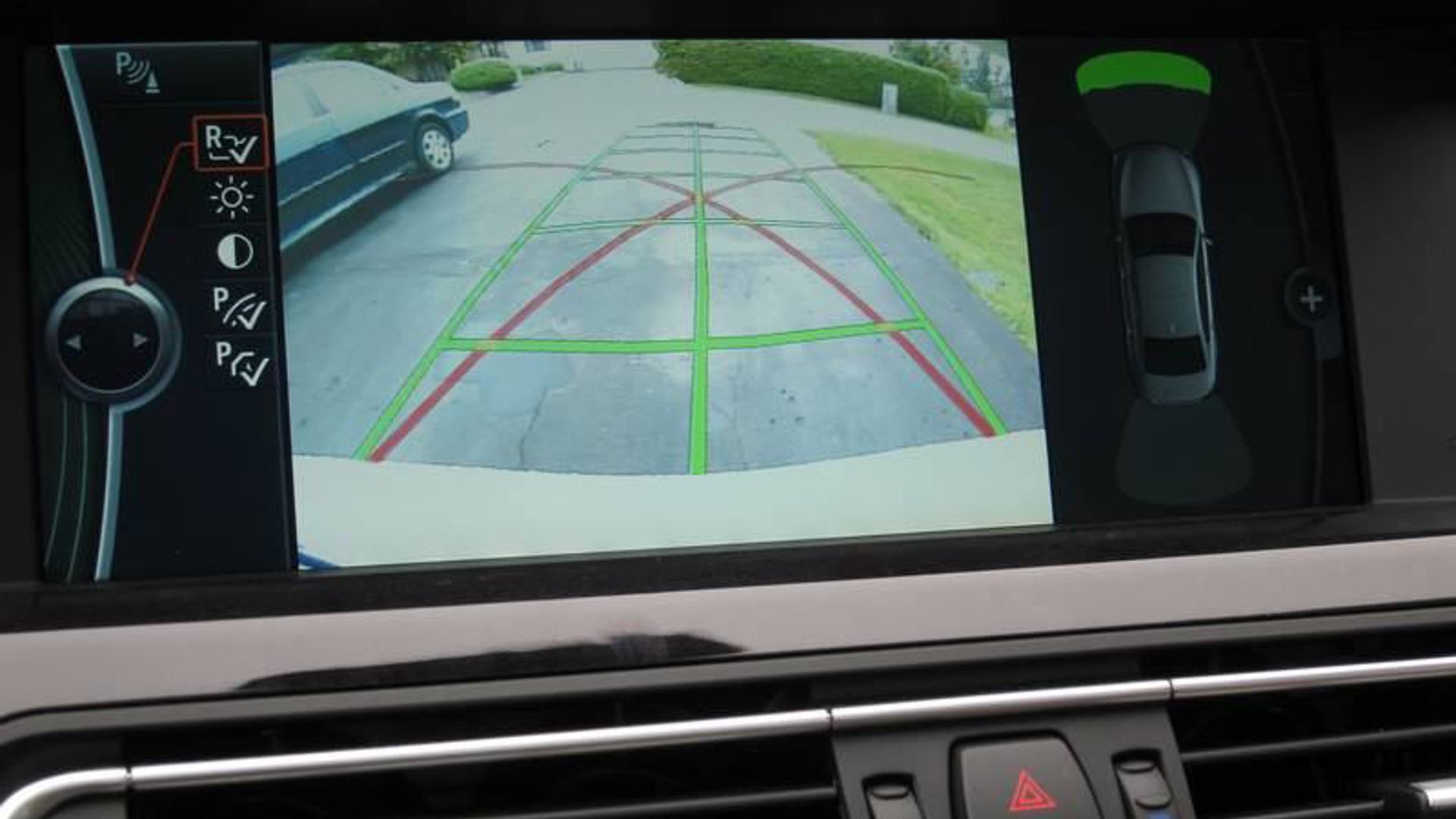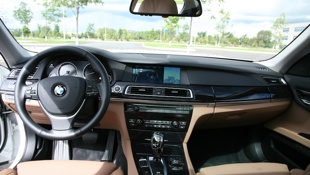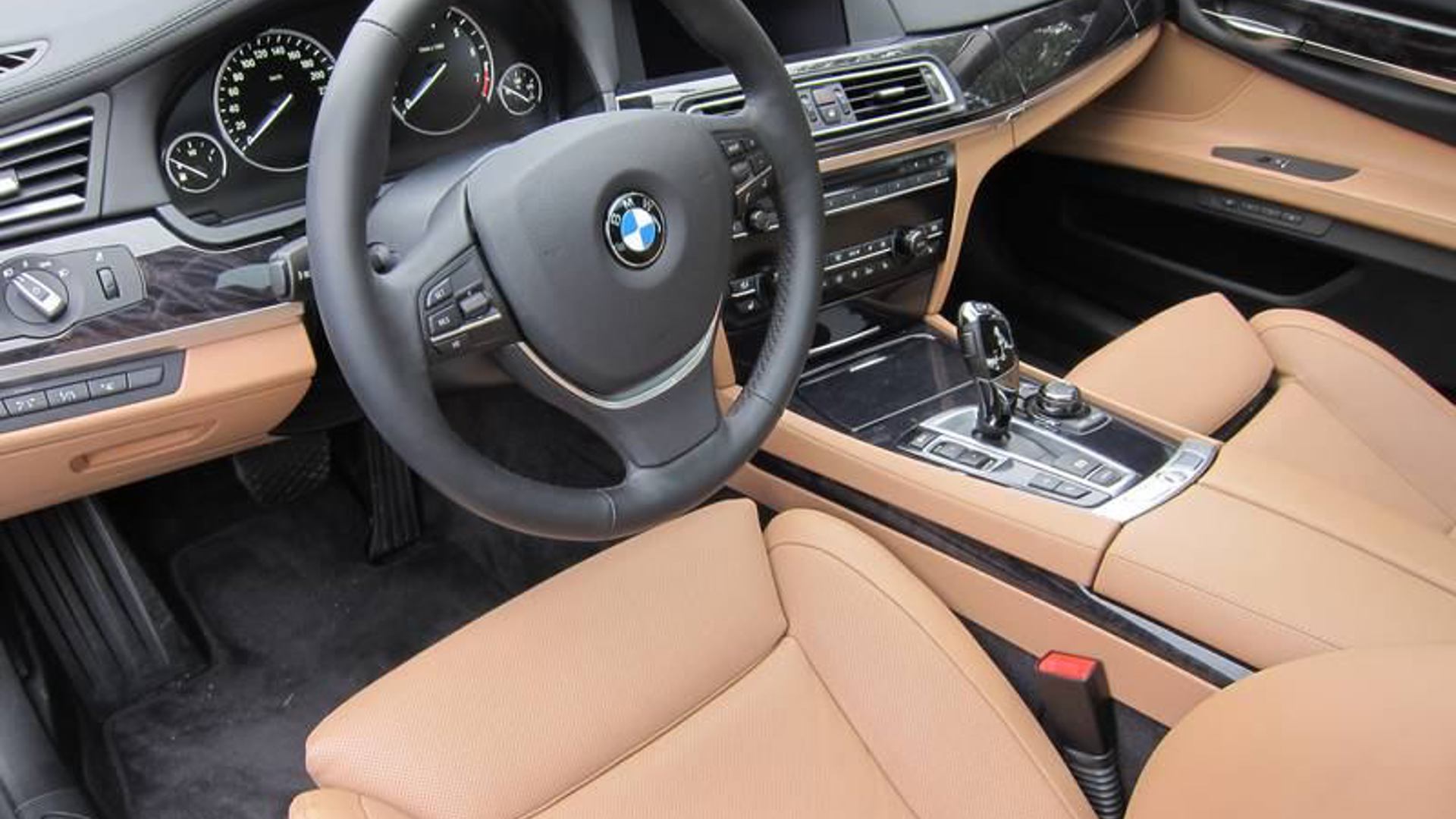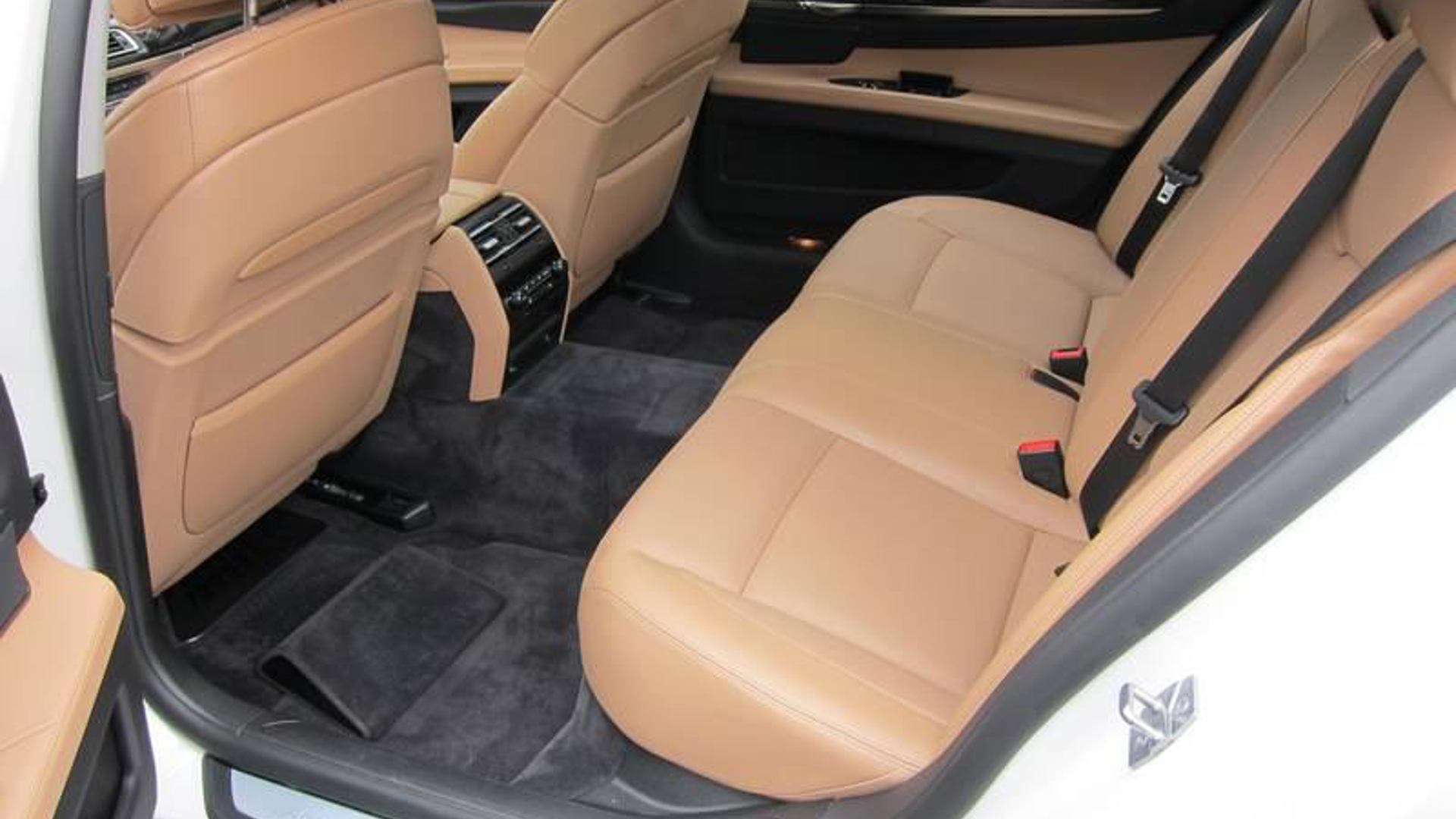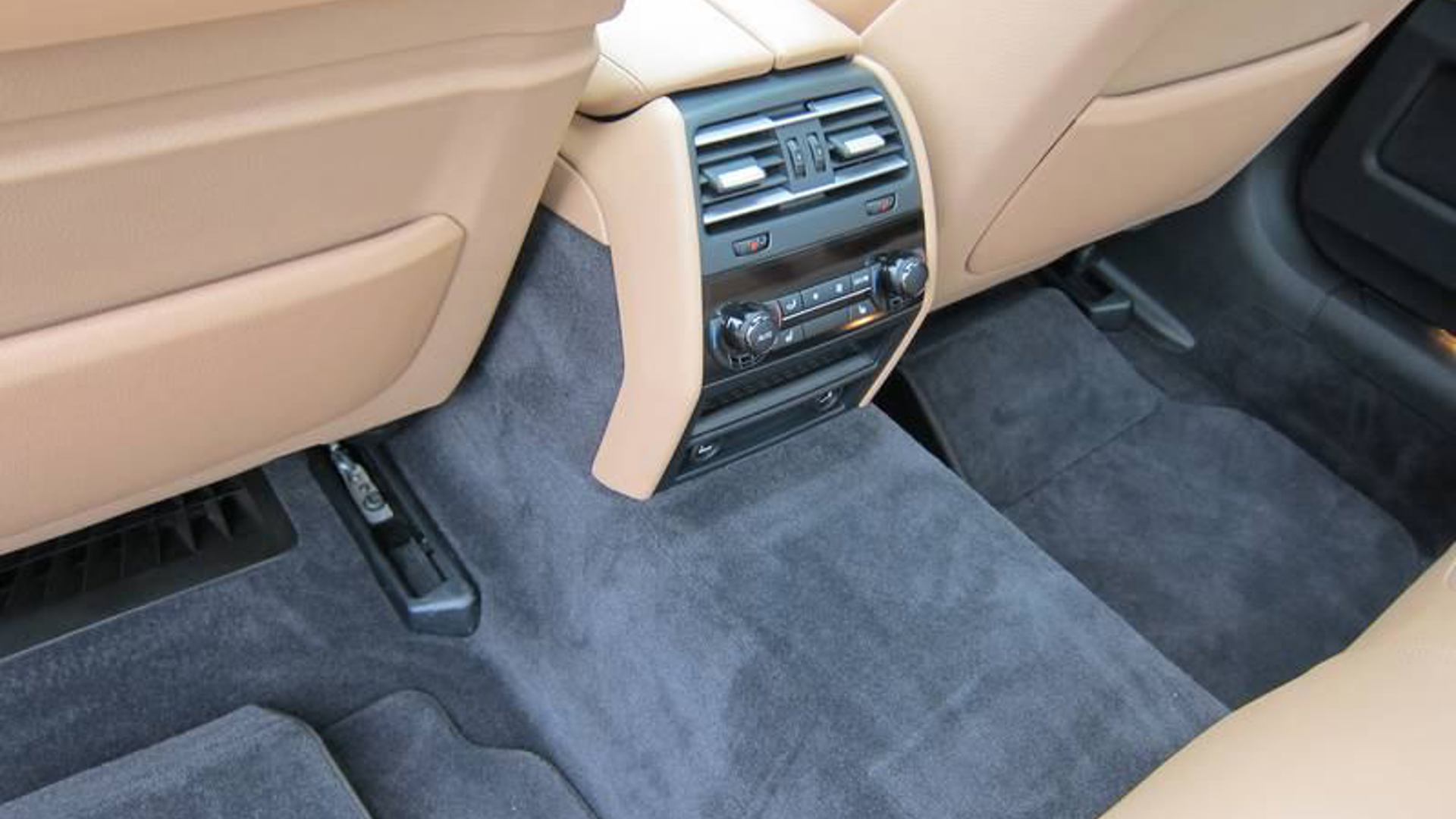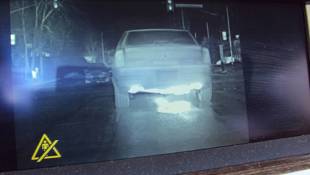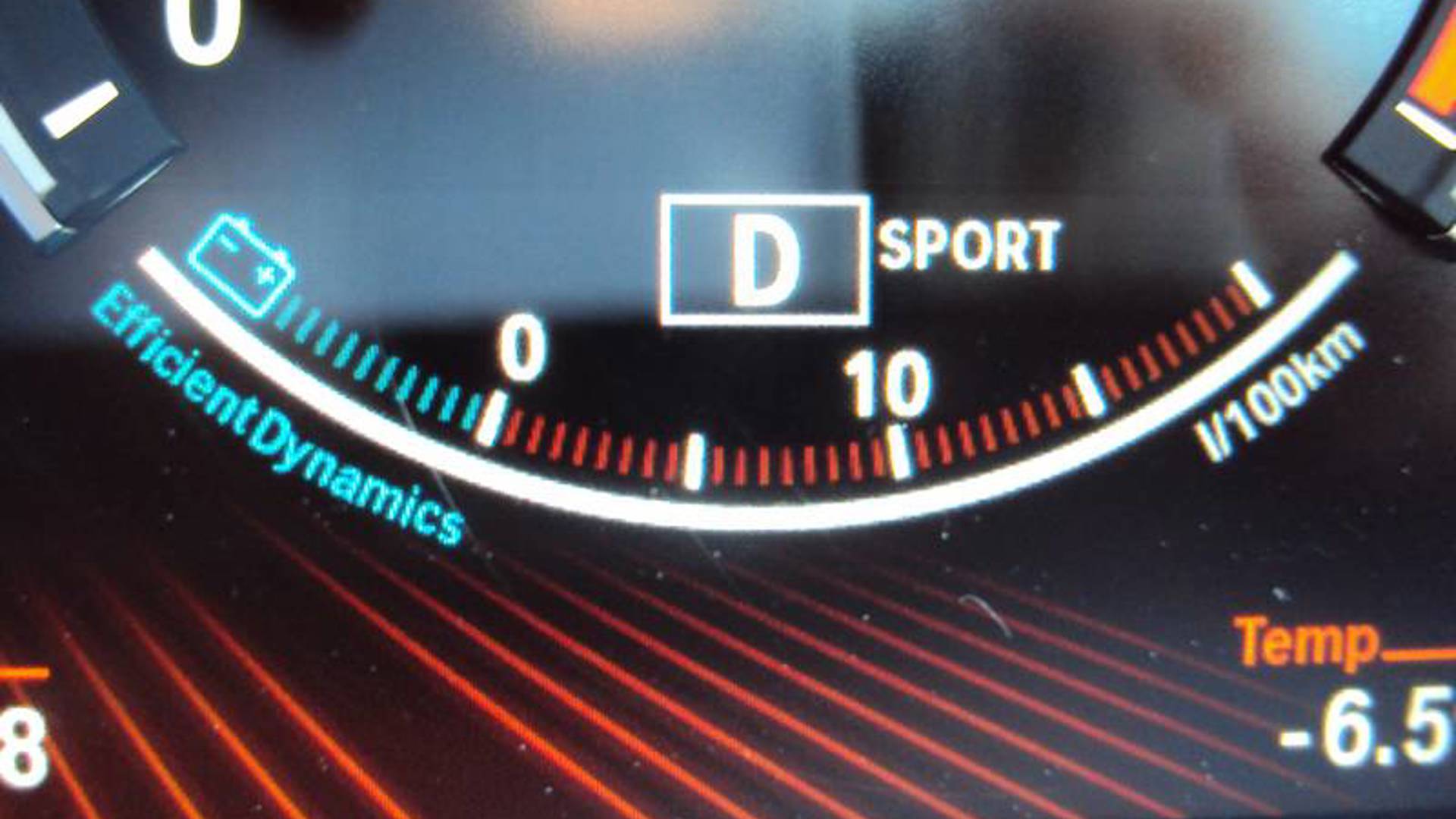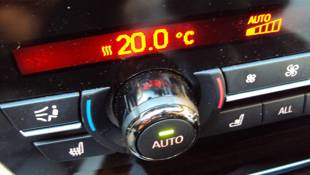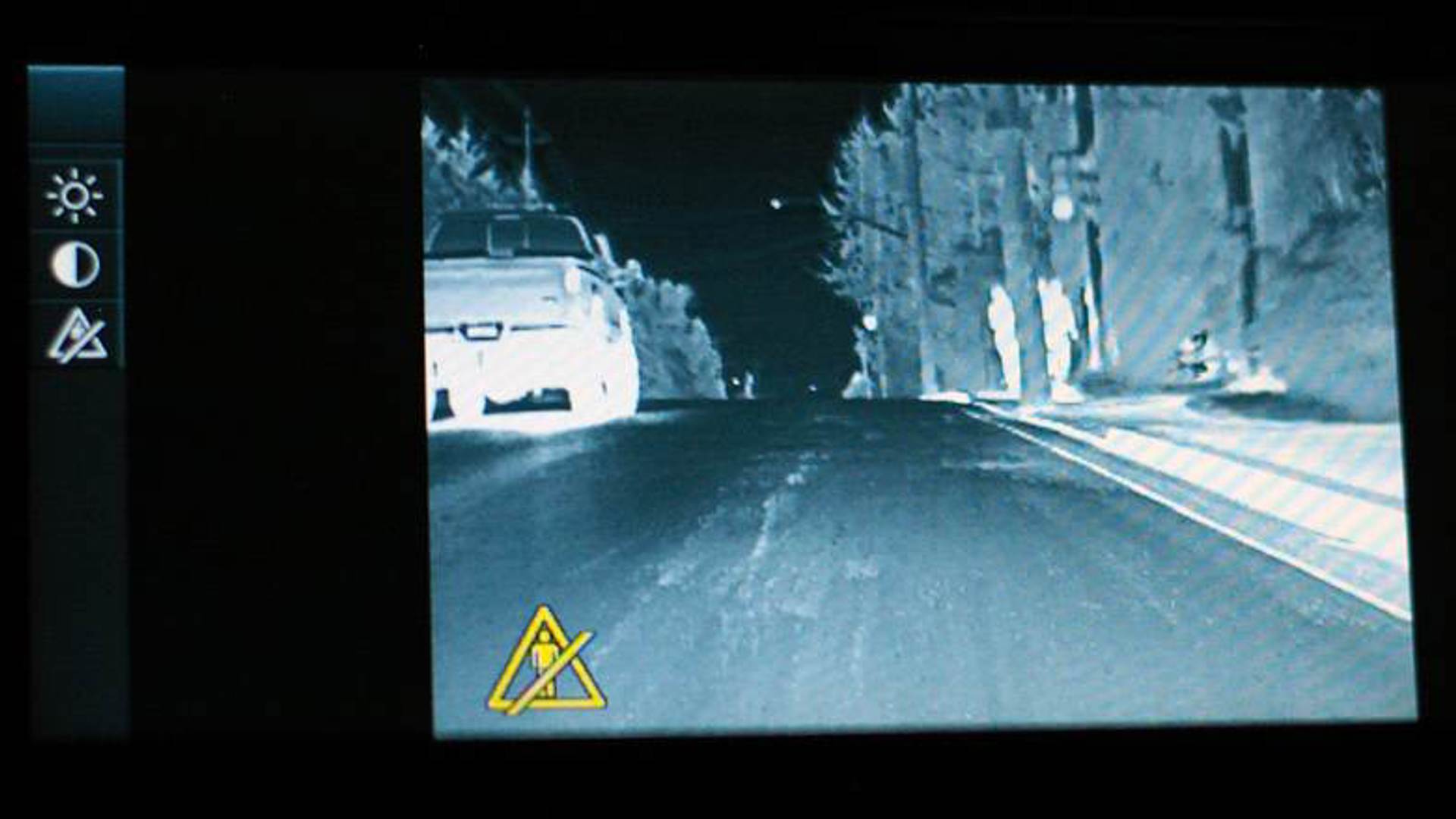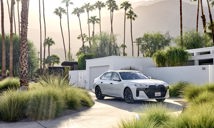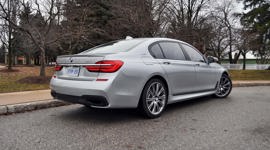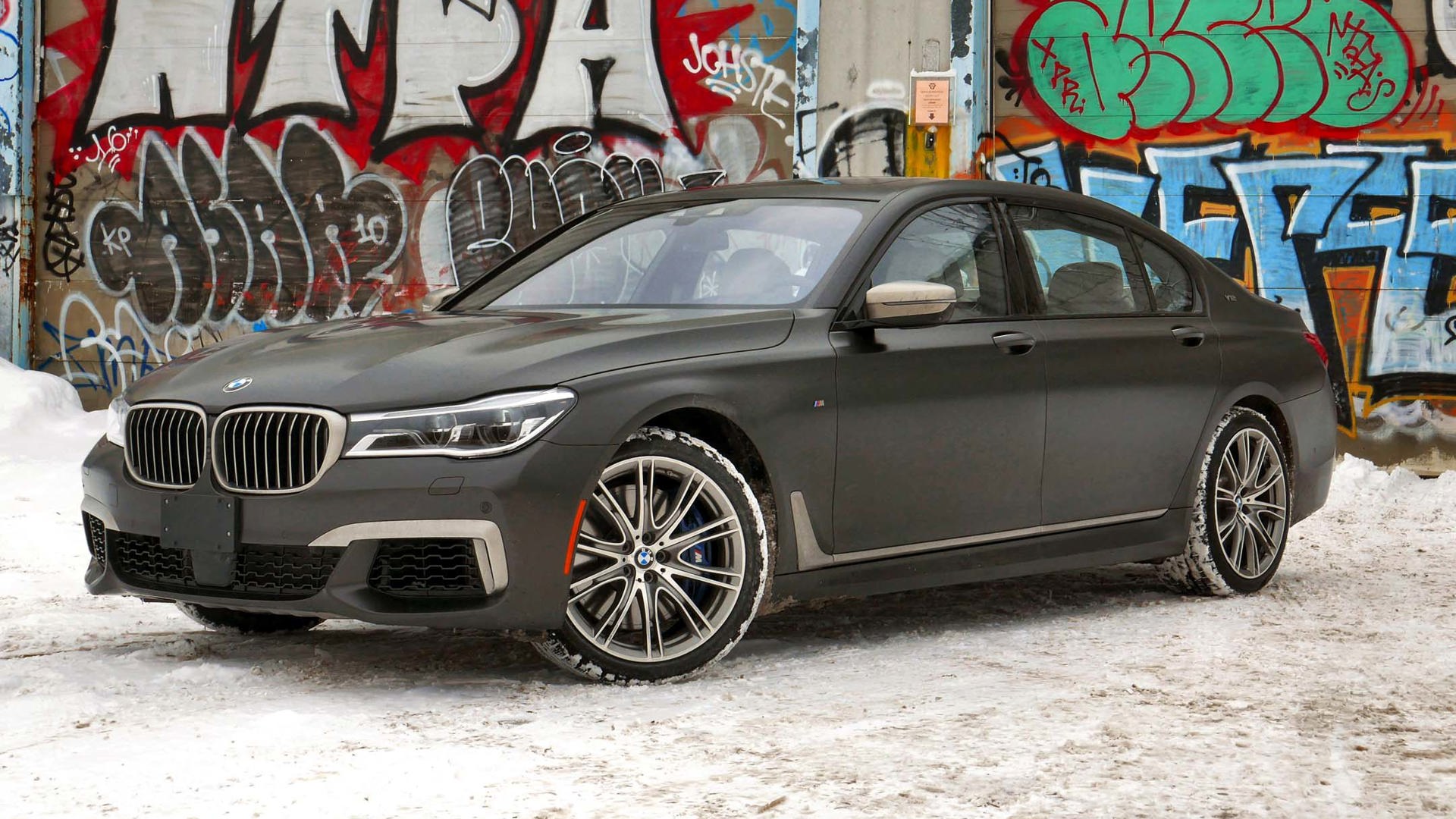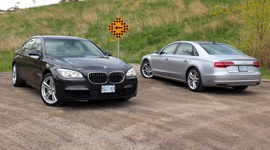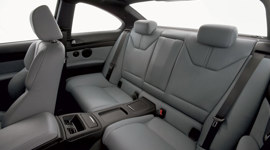Vehicle Type
Buckle up for the nomenclature!
Large Luxury Sedan
History/Description
The last complete generation of BMW’s iconic 7 Series hit the Canadian market in 2008 as a 2009 model, and carried on until 2015. Packing the latest in luxury implements and high-tech feature content, this generation of 7 Series competed, once again, with the likes of the Audi A8, Lexus LS, and Mercedes S-Class, for the dollars of top-line sedan shoppers.
Available in standard and extended-wheelbase variants, the BMW 7 Series offered up options galore for the shopper after one of the most sought-after luxury sedan experiences in the world.
Look for nothing less than a world-class selection of feature content, including a head-up display system, premium audio systems, four-zone climate control, motorized door cinches and a motorized trunk, memory seating, premium lighting provisions, a full iDrive central command interface with touchpad, climate controlled seats, adaptive cruise control with stop-and-go, and plenty more.
Engines / Trim
Buckle up for the nomenclature! Note that xDrive indicates the presence of all-wheel drive (AWD) in the 7 Series lineup, while the letter ‘L’ in the vehicle designation represents an extended-wheelbase model. Most used models will offer turbocharged 6-, 8- or 12-cylinder gasoline engines, with output ranging from the low-300 range, to over 500. Depending on the year and engine, automatic transmissions were standard with either six or eight gears. Note that a hybrid-powered 7 Series variant was available, though we’ll be focusing on the far more popular gasoline-powered models for this review.
What Owners Like
No surprises here – owners typically rave about exclusivity, posh-factor, comfort, the technological tour de force that is the 7 Series’ feature content list, great headlight performance, great seats, great audio systems and exceptional build quality. Fuel mileage is also highly rated on most models. Largely, and especially in extended-wheelbase models, this is a luxury sedan that specializes in speedy and exceptionally comfortable travel for a full complement of adult passengers. One owner describes his 7 Series as “safe, solid, and offering the room of an SUV with the performance of a sports car.”
What Owners Dislike
As it tends to go with six-figure luxury cars, owner complaints are few and far between, though some owners report that the iDrive command interface and other high-tech features can be fussy to learn, and that maintenance costs are higher than expected.
Here are some BMW 7 Series owner reviews.
The Test Drive
Read this not once, not twice, but thrice: the BMW 7 Series is a big-dollar, high-tech flagship sedan, and maintenance, repair and ongoing running costs will reflect this. Though few-year-old units are within reach of more and more shoppers, said shoppers are advised to be aware of the potential costs of keeping a car like the 7 Series ticking, and not to over-extend their budgets. A contingency fund is highly advised if you’re set on owning one.
Further, at the recommendation of numerous 7 Series owners, shoppers are advised to budget for the best extended warranty coverage available, and in particular, to seek out an extended warranty package that covers both the drivetrain and all on-board electronics. As one owner in a discussion forum put it, “If you don’t buy the extended warranty, be sure to have a credit line available in case anything needs to be repaired.”
When shopping, consider avoiding an earlier 7 Series from this generation with the twin-turbocharged V8 engine. Numerous owner discussions in various online forums see this engine identified for several issues, including excessive oil consumption, issues with bad timing chains, and a pricey-to-fix coolant leak from a simple and inexpensive piece of hose that requires engine removal to access. Here’s some more reading on oil consumption. And some more reading on the topic of coolant leaks. And some more on the topic of bad timing chains.
Note that these issues didn’t affect all 7 Series models, and that by about 2013, the owner’s community says updates to the engine fixed most of them at the factory. If you’re set on an earlier V8-powered 7 Series from this generation, be sure your extended warranty covers issues like these, and note that BMW launched a Customer Care Campaign that updated various parts within the engine, to address some of these issues. Your local BMW service advisor has the full scoop. End of the day, a 6- or 12-cylinder-powered model will likely be a better choice for maximum peace of mind, especially if you won’t opt for an extended warranty.
Another defense against frustrating problems is to have the vehicle scanned by a dealer diagnostic tool, which can reveal potential issues with numerous parts of the 7 Series driveline, electronics network and other features – even if there’s no warning message or Check Engine light illuminated. This check takes mere minutes, and could save you purchasing a used 7 Series with one or more potential hidden issues.
Shoppers are also advised to confirm that all door locks and latches, and the smart-key system, work as outlined in the owner’s manual. Confirm that the door handle touchpads that lock and unlock the doors all work as expected, and that all included remote keyfobs are able to lock and unlock the doors, and to start the engine via its push-button start system, in quick order.
While test driving the 7 Series you’re considering, note that unwelcome vibrations and noises could the result of worn, unbalanced or damaged wheels and tires, or the result of some issue with the transmission, which will, typically, require updated software to fix. Carefully inspect the condition of the wheels and tires on the 7 Series you’re considering, especially if any unwelcome vibrations are apparent. If the tires and wheels are in passable shape, ask a dealer service advisor to check whether any outstanding software updates are available for the transmission. Here’s some more reading.
Three final notes.
First, on the topic of oil consumption, be sure to religiously monitor the 7 Series oil level on a weekly basis while you own it, and have a dealer inspect the vehicle, and document your concerns, at the first sign of any oil consumption. If the vehicle is nearing the end of its factory powertrain warranty, proper documentation can help speed a warranty claim for oil consumption, if needed.
Second, if you purchase an extended warranty, be certain to have all required fluid changes carried out on time, and keep all receipts as proof. Should you need a warranty claim, you’ll need to prove that you’ve never missed or overshot an oil change interval.
Third, as the 7 Series is brimming with top-level technology and plenty of electronics, consider hooking it up to a battery trickle charger in any period where you won’t be driving it for more than a few days, to prevent low battery voltage and associated problems with various systems and features.
The Verdict
As it tends to go with many a pricey luxury car, the prestige factor and driving experience appeal to shoppers more than low running costs and bulletproof reliability. Though many 7 Series owners have enjoyed their vehicles with minimal issues, the potential for numerous problems of the very pricey-to-fix variety mean that most shoppers should consider a top-line extended warranty package as absolutely mandatory as part of their purchase.
Here’s a short list of recalls.
Crash Test Ratings
IIHS: Top Safety Pick (2013)
NHTSA: N/A
